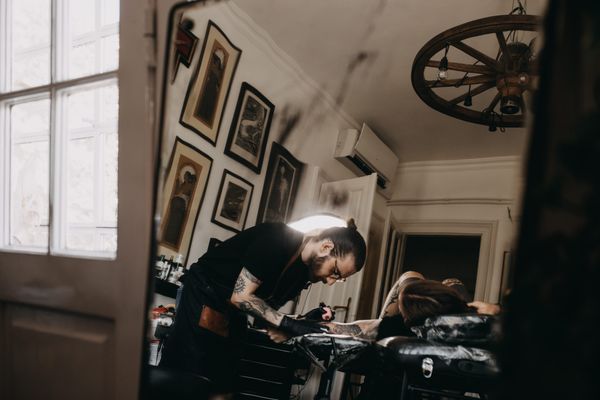“Good design is as little design as possible” – says one of the ten principles of good design, compiled by legendary German designer Dieter Rams. This man taught the world that “less is more”, not only in general, but also in terms of our household objects. A well-designed product knows exactly what it should, and can communicate this about itself in a manner allowing the user to get a clear understanding of it. Thus, reducing the form and stripping it from all unnecessary things is not to achieve perfect beauty, on the contrary: a minimalist object simply wants to function well and this is what makes it beautiful.
Talking about “Less is more” and Dieter Rams, here’s another phrase, without which the former wisdom could not have been born, either: “Form follows function.” American architect Louis Henry Sullivan, the father of skyscrapers and modernism believed that good design can be no other but the subordination of form to function. In another point of the world, far away from Sullivan in America and Rams in Germany, the respect of ancient traditions and the culture of form were combined with modern and innovative approach. Minimalism shows a quite different face around here. We checked out how household objects look in another place on Planet Earth, in South Korea.
Kitti Mayer
design theorist
Line steamer | Seoul, South Korea
Designer dot
J Kim
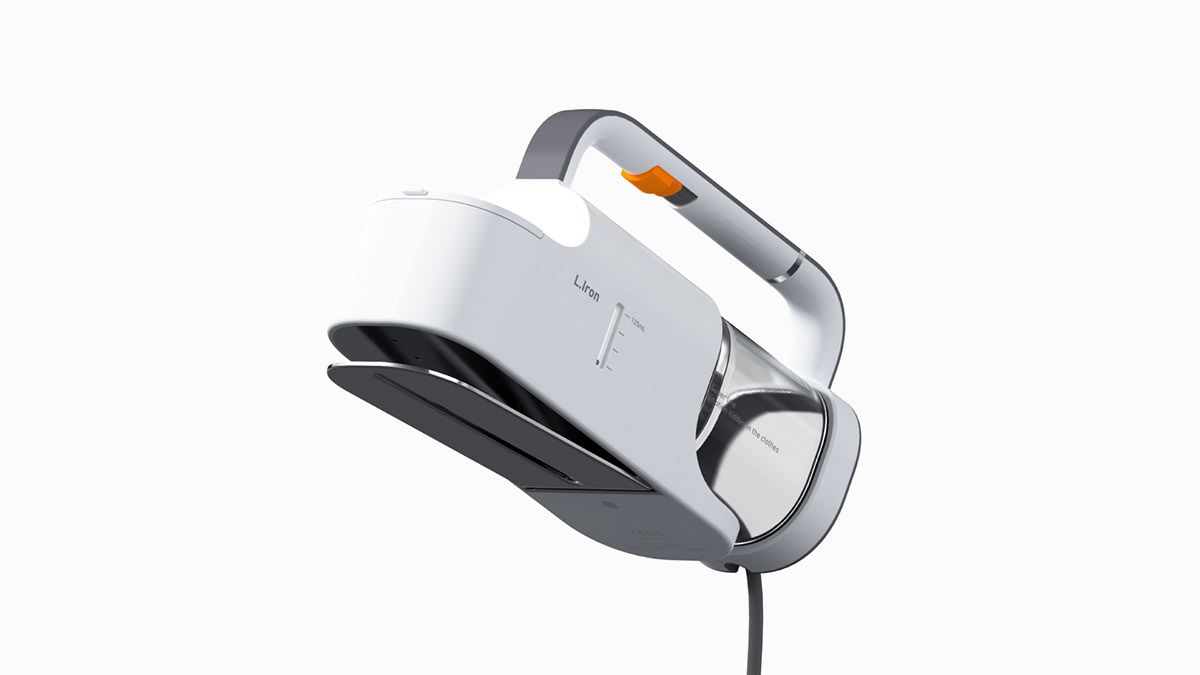
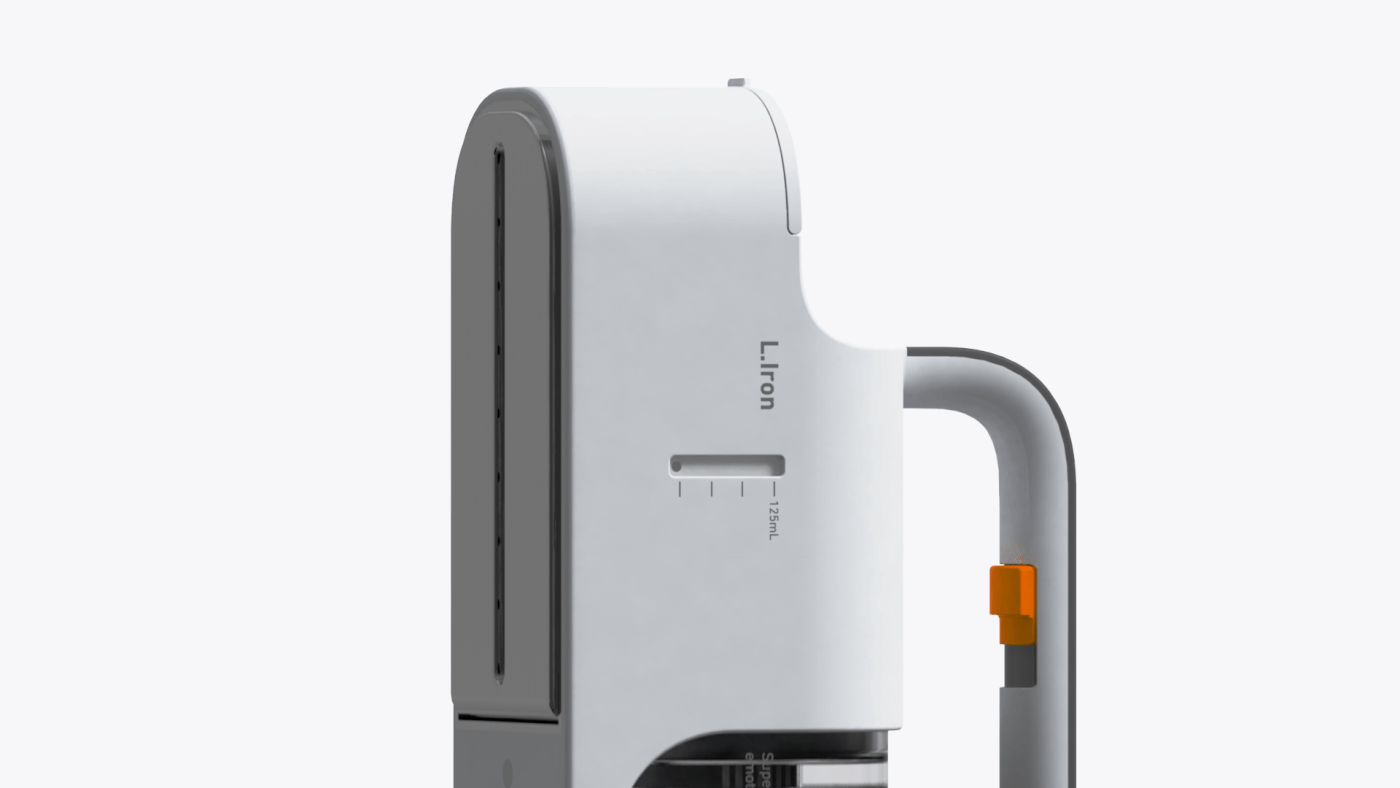
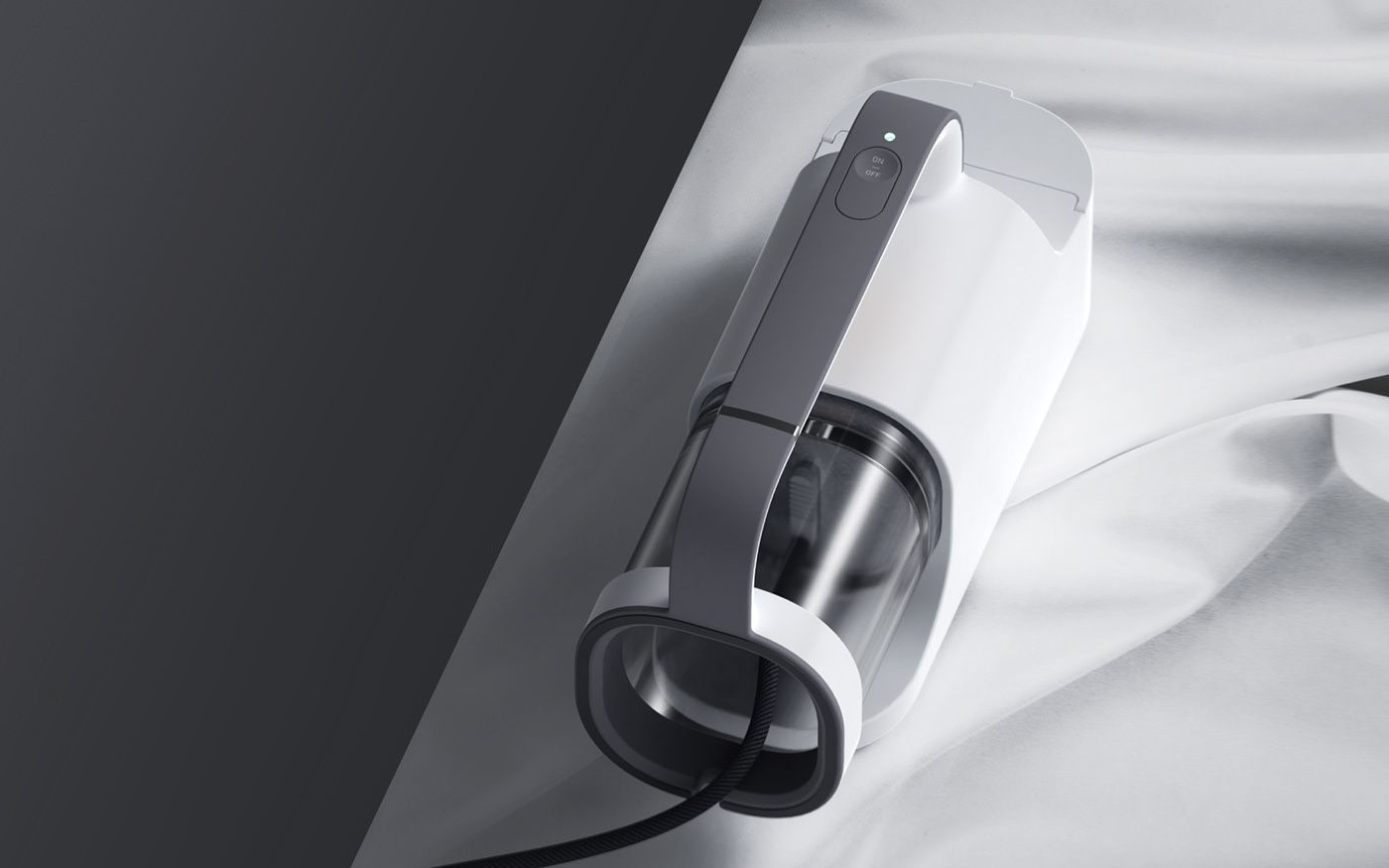
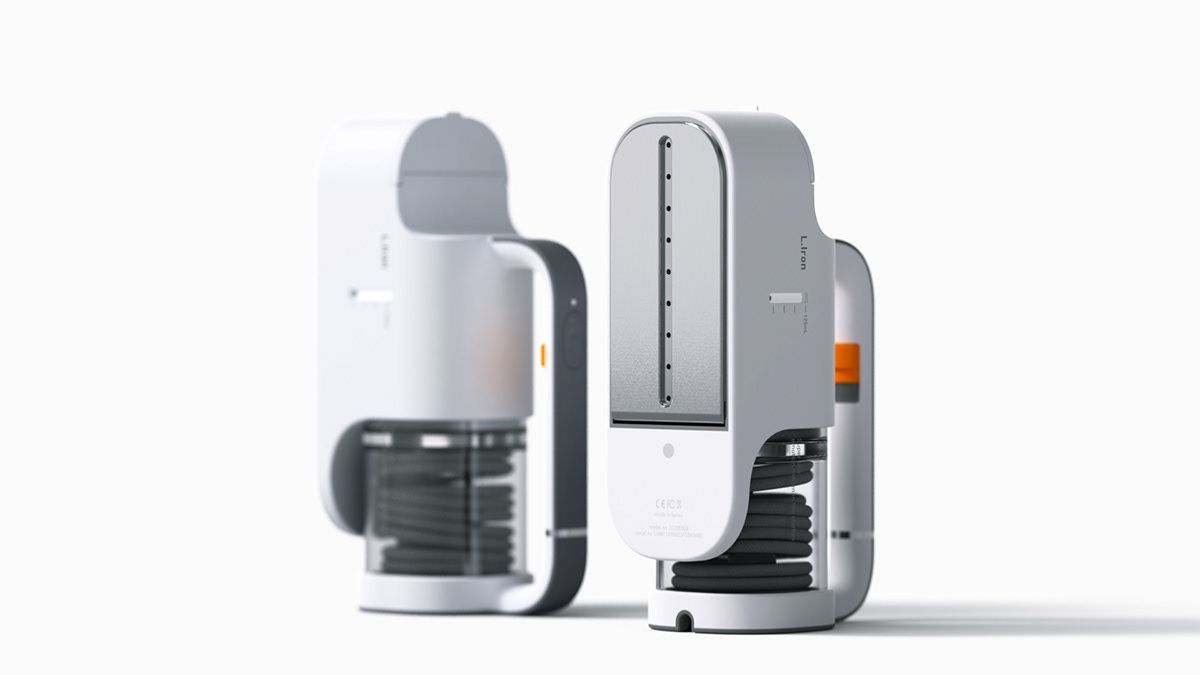
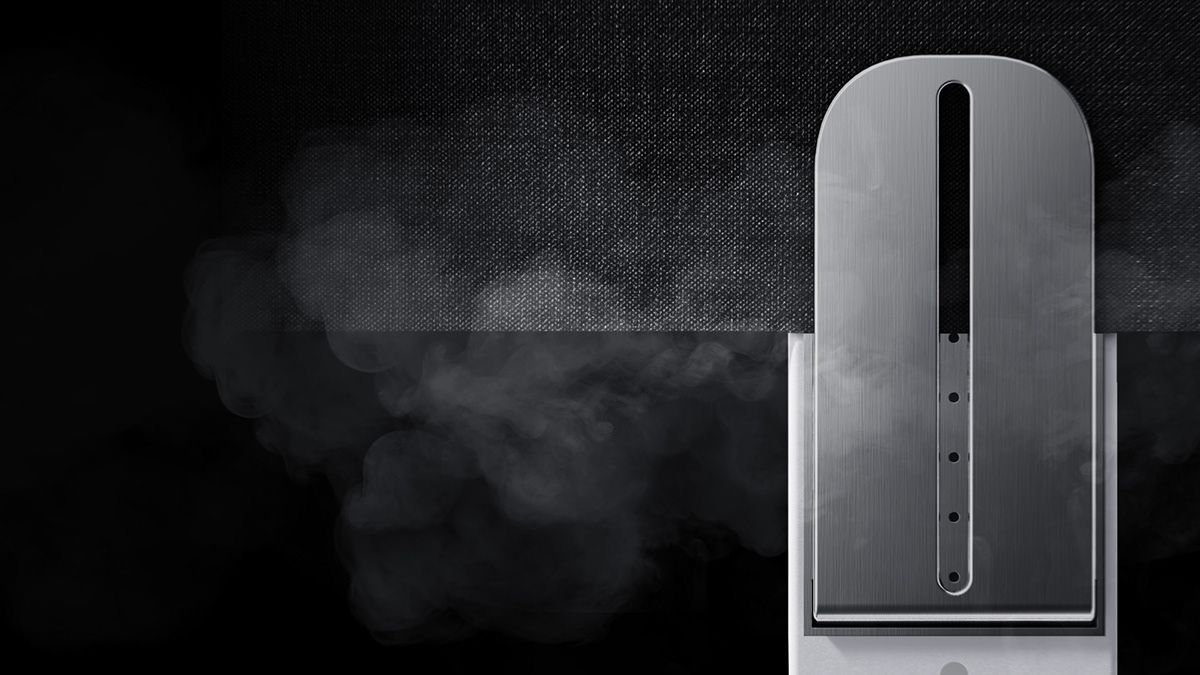
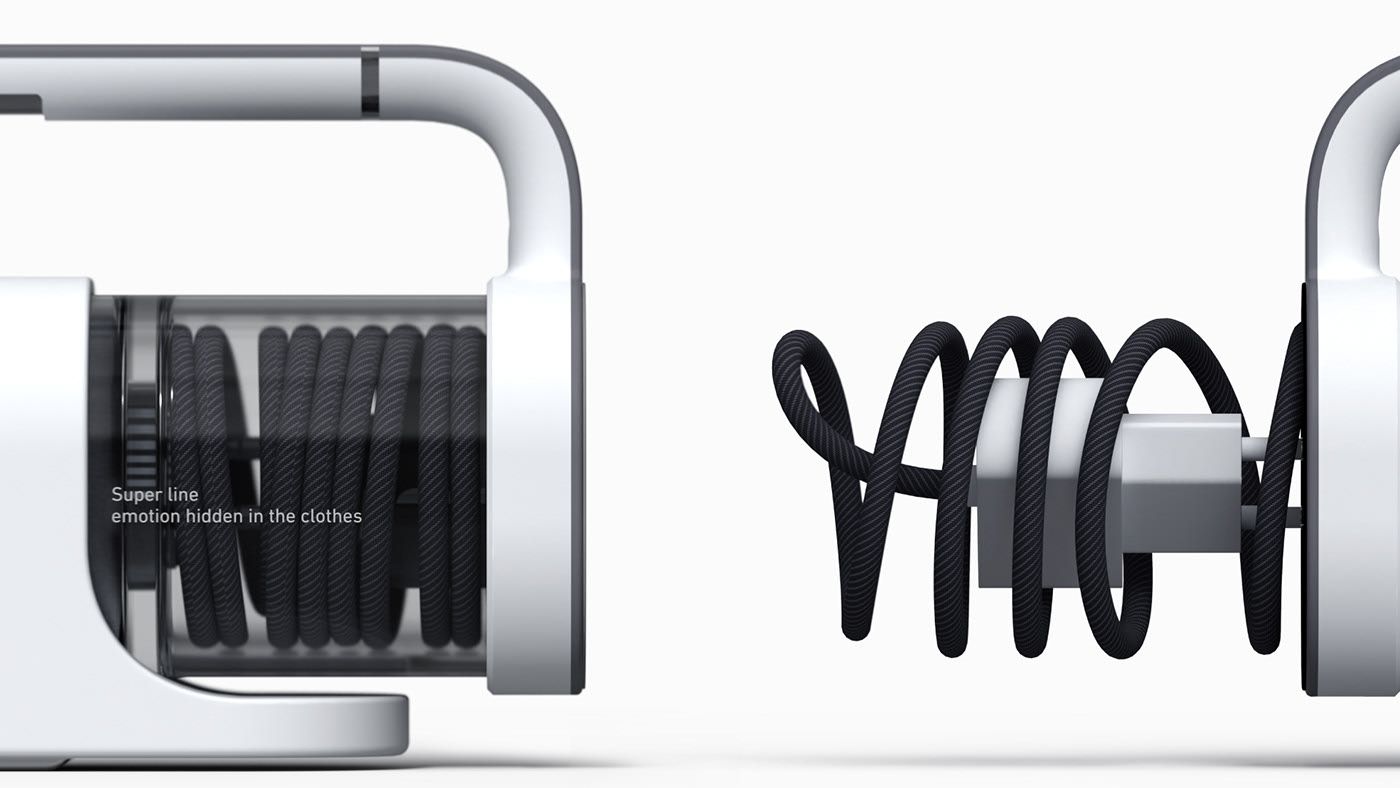



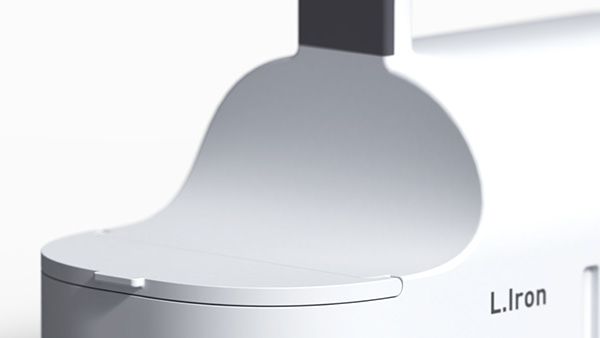
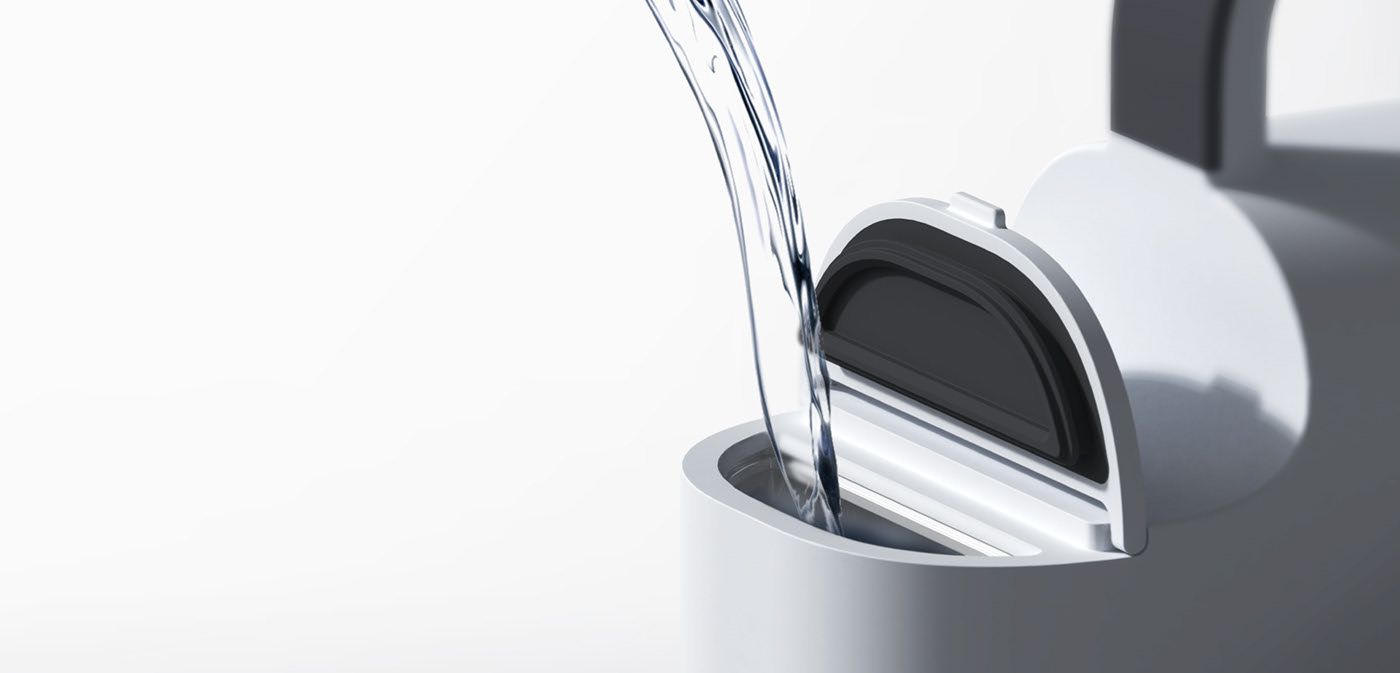
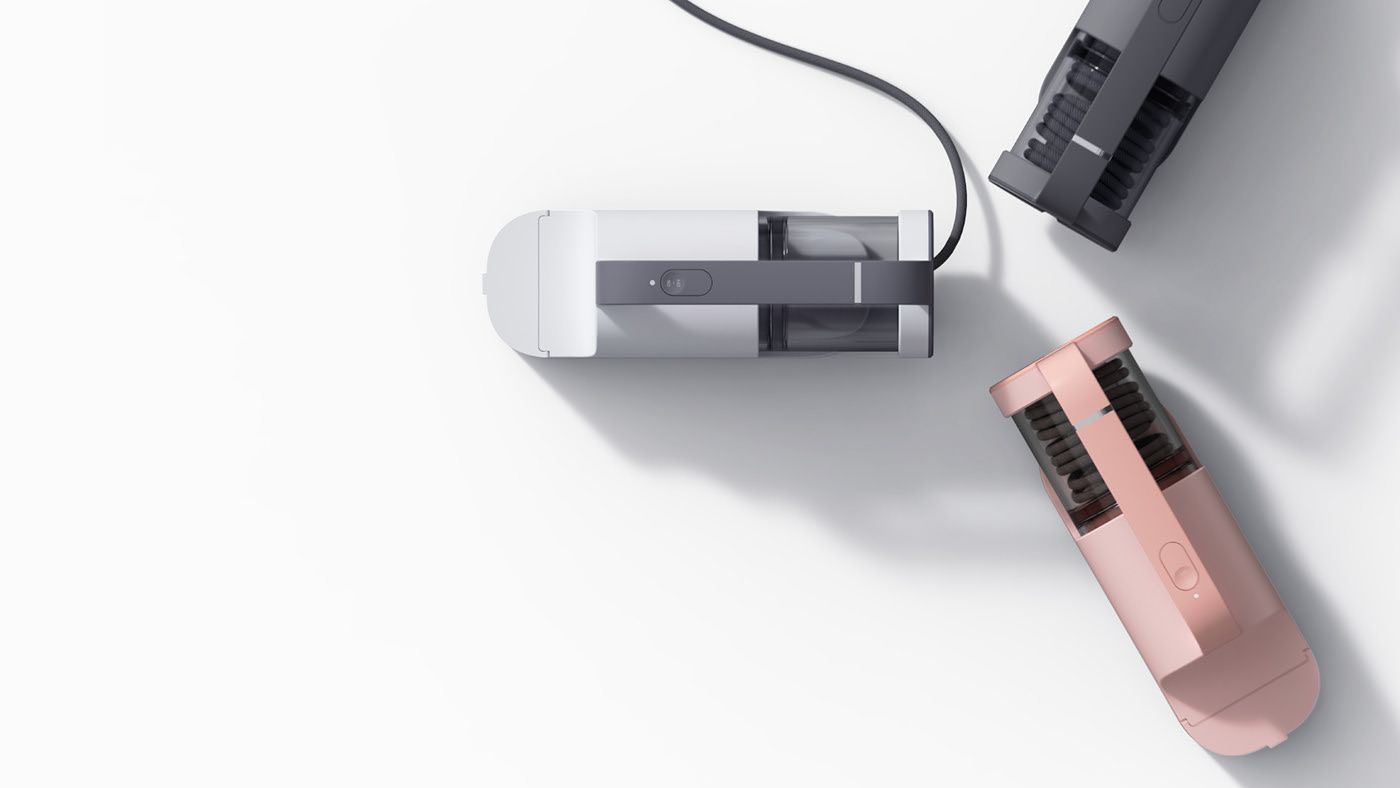

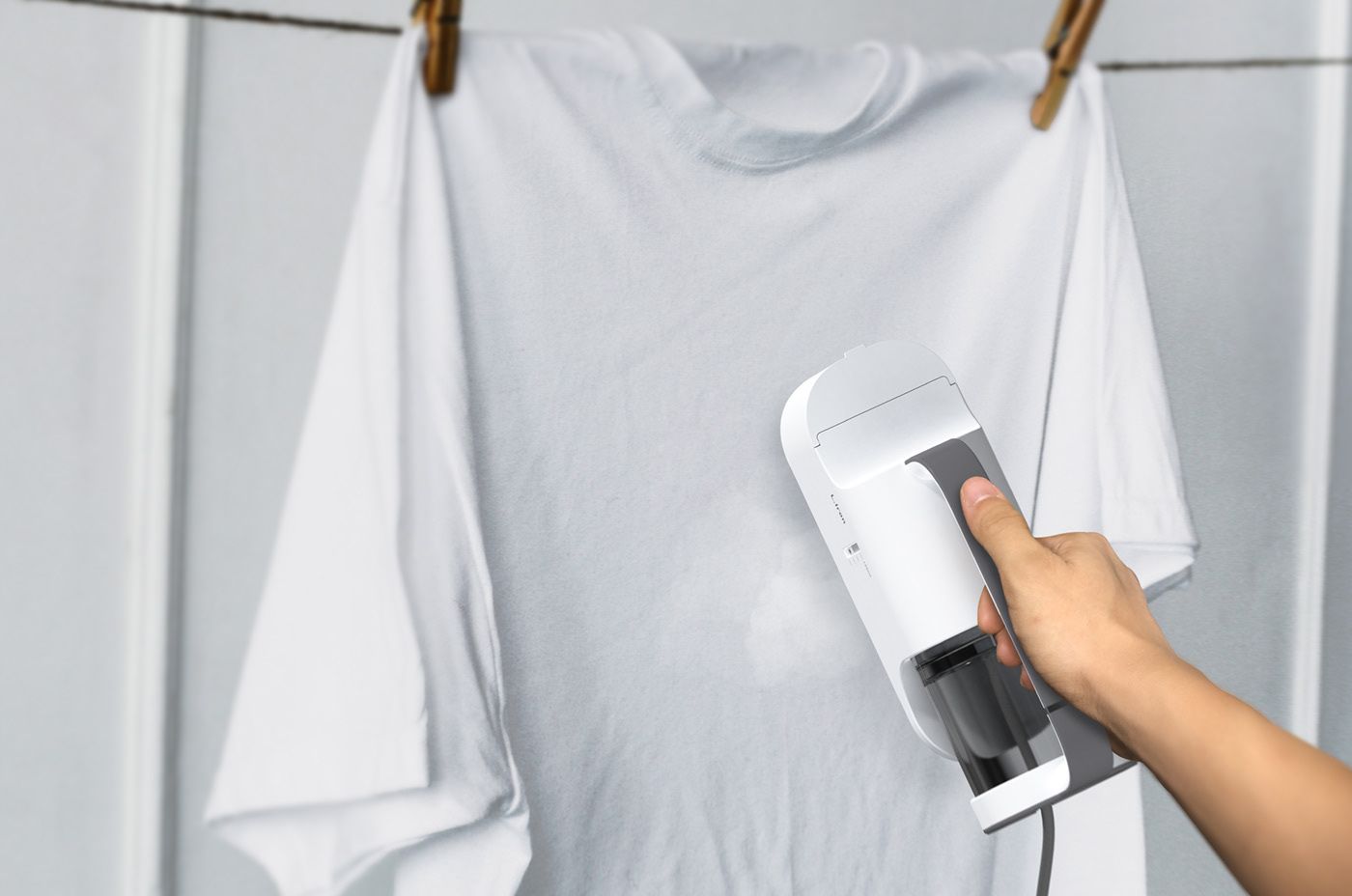
Bosch Vitamaxx Blender | Seoul, South Korea
BEBOP Design
Soohun Jung
Rich Park
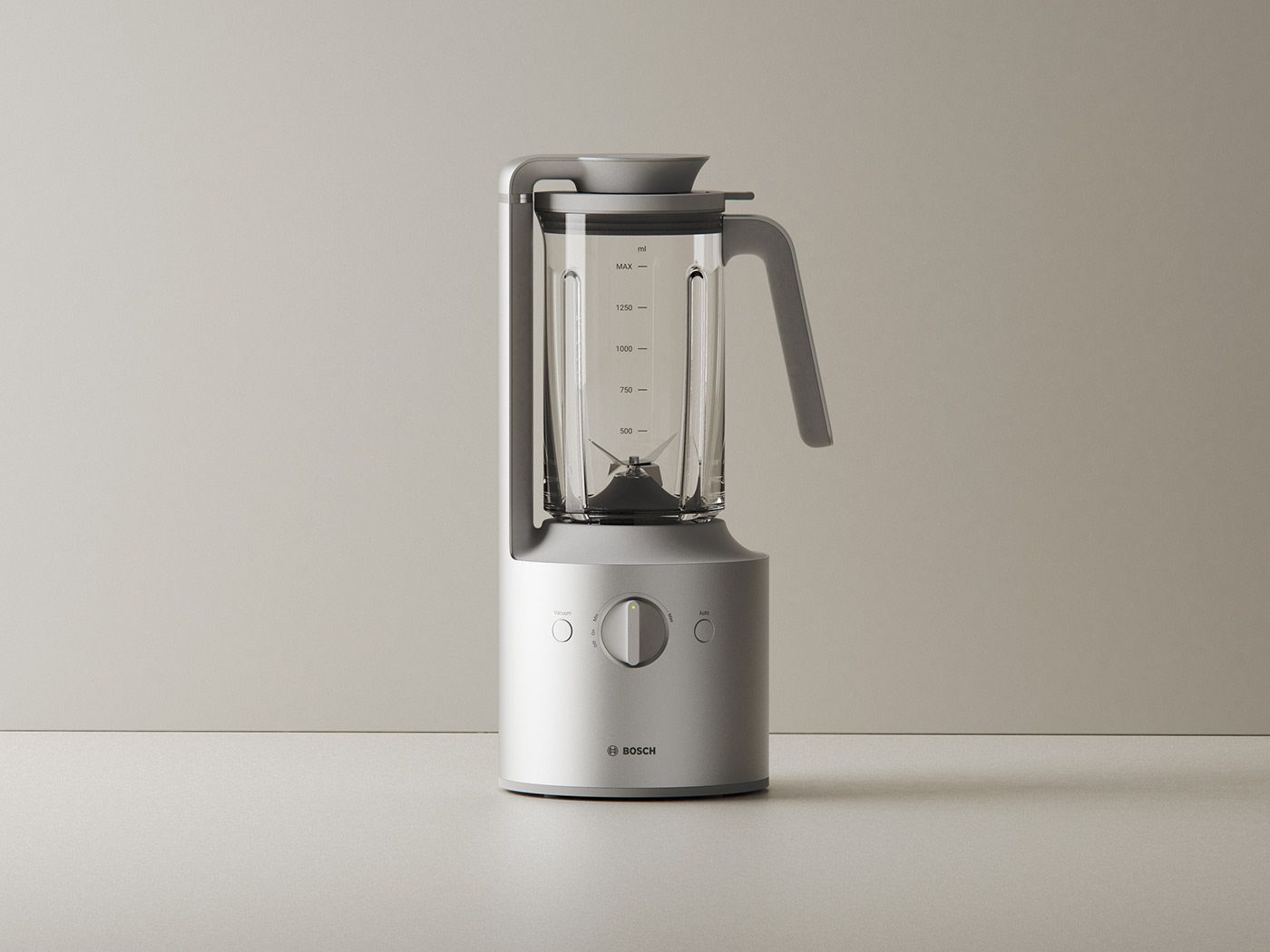


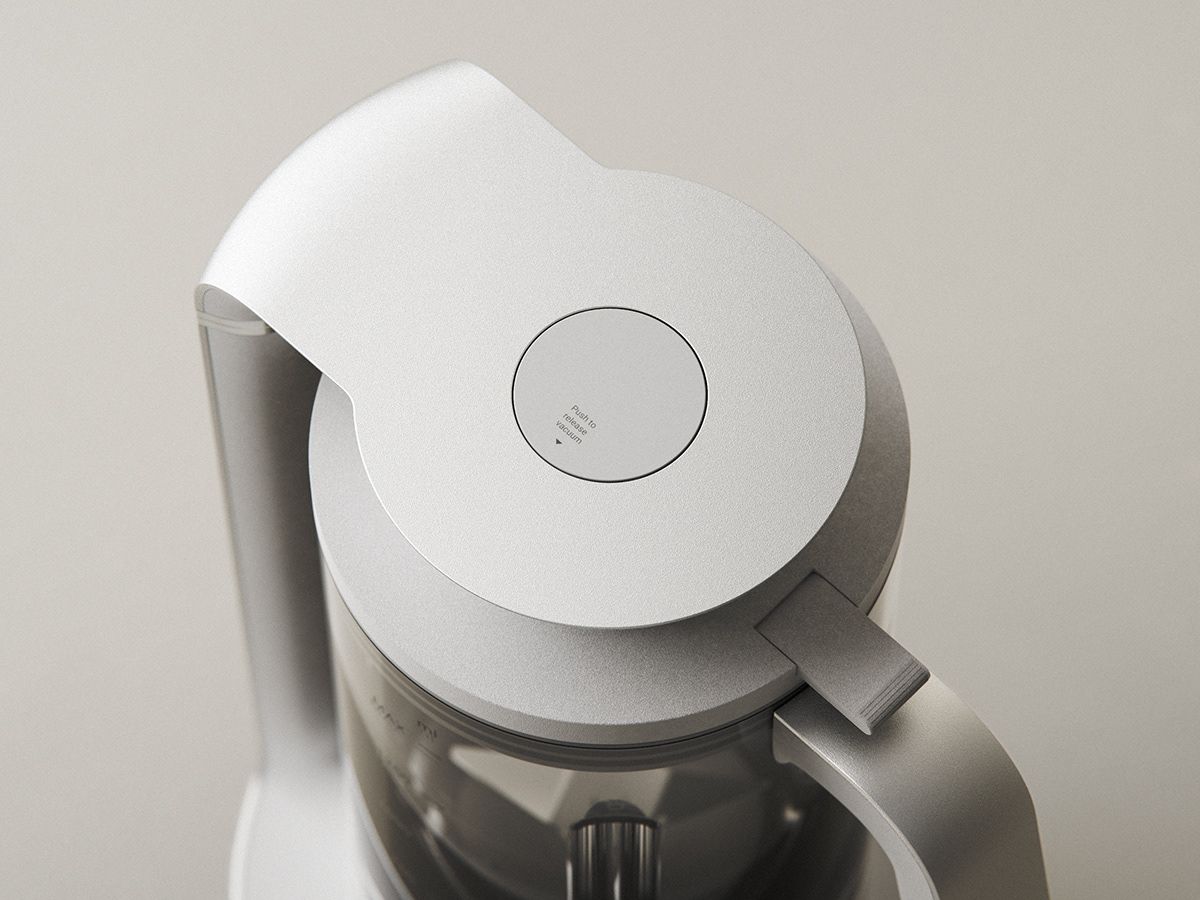

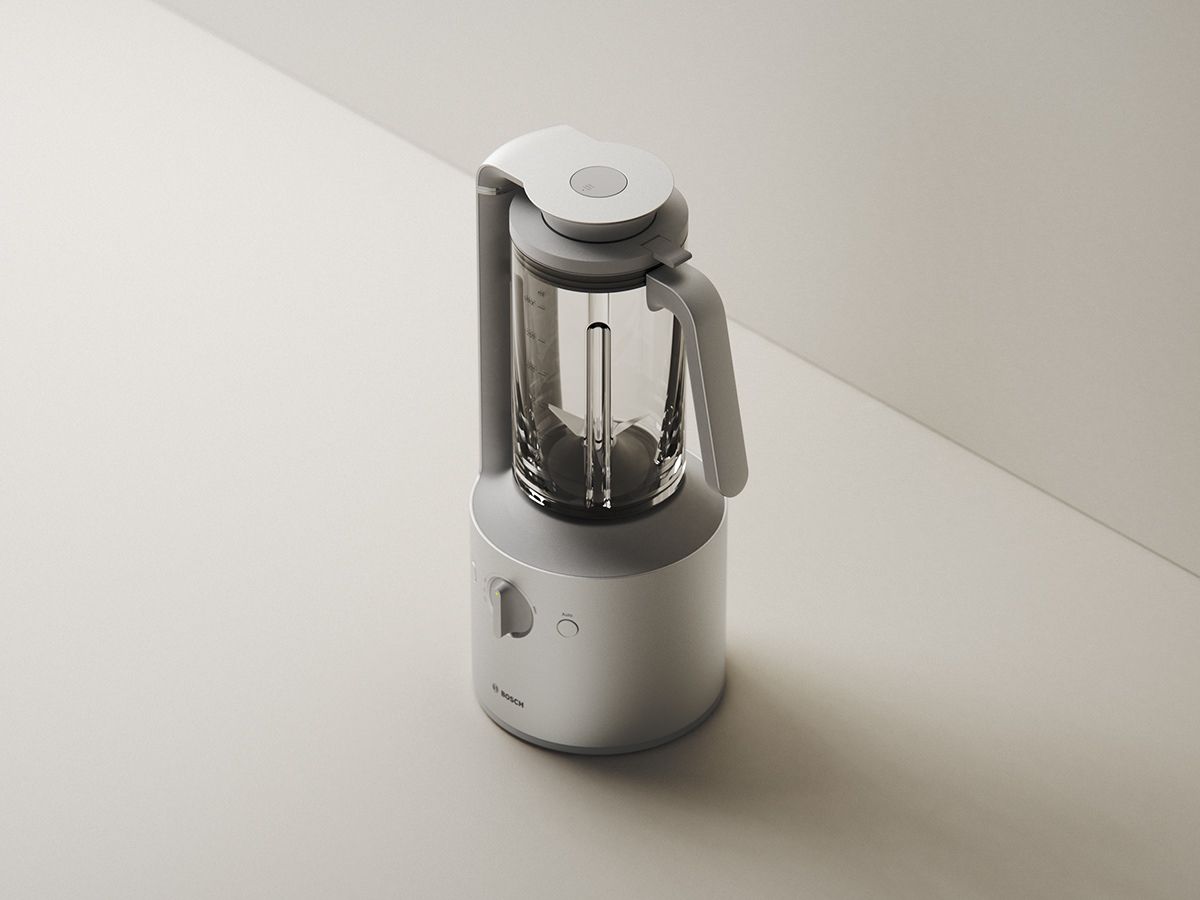
Washing machine | Busan, South Korea
Chae Young Yoon
Eunjeong Seong
Jinwook Kim
Yaeryeun Lee
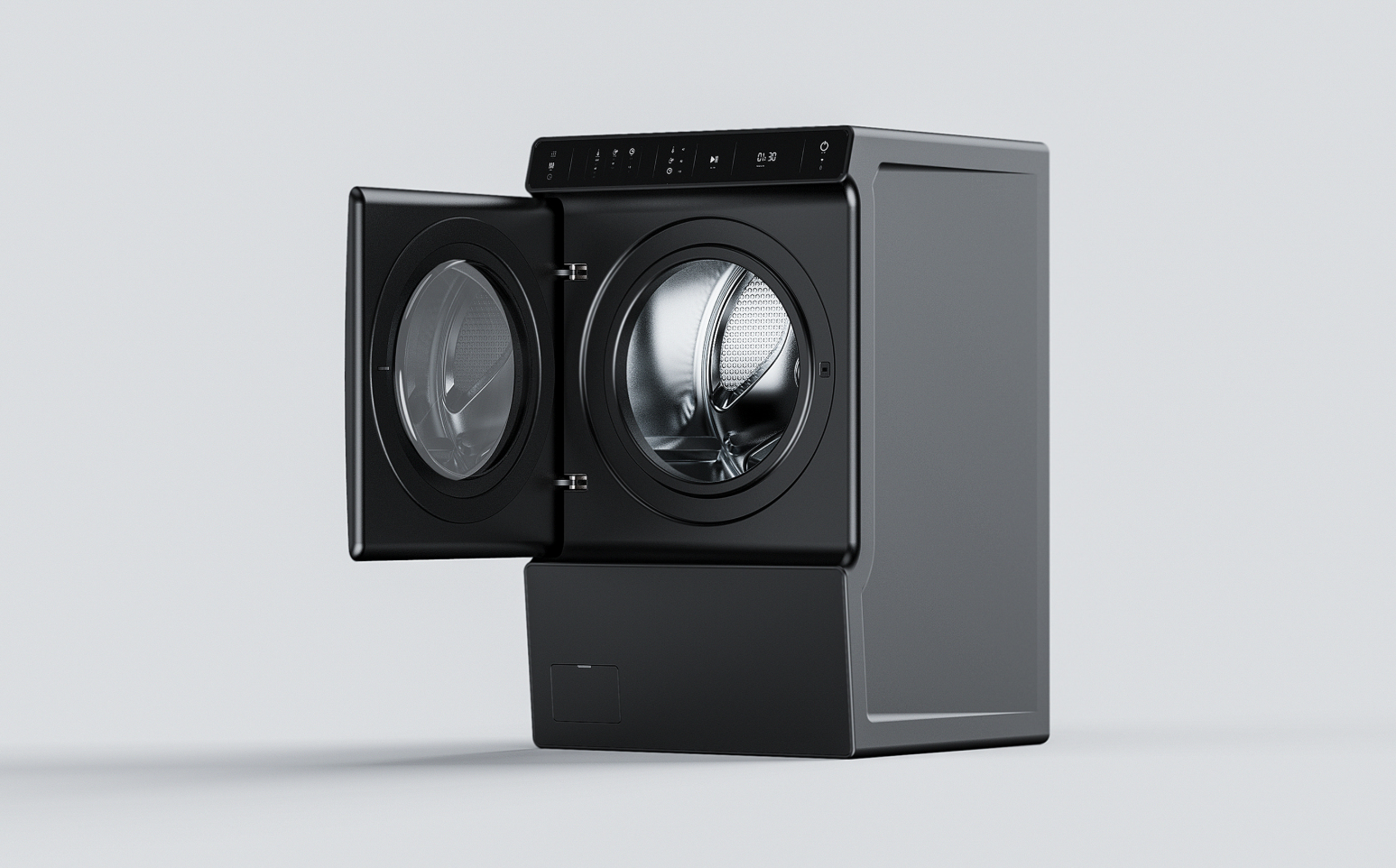
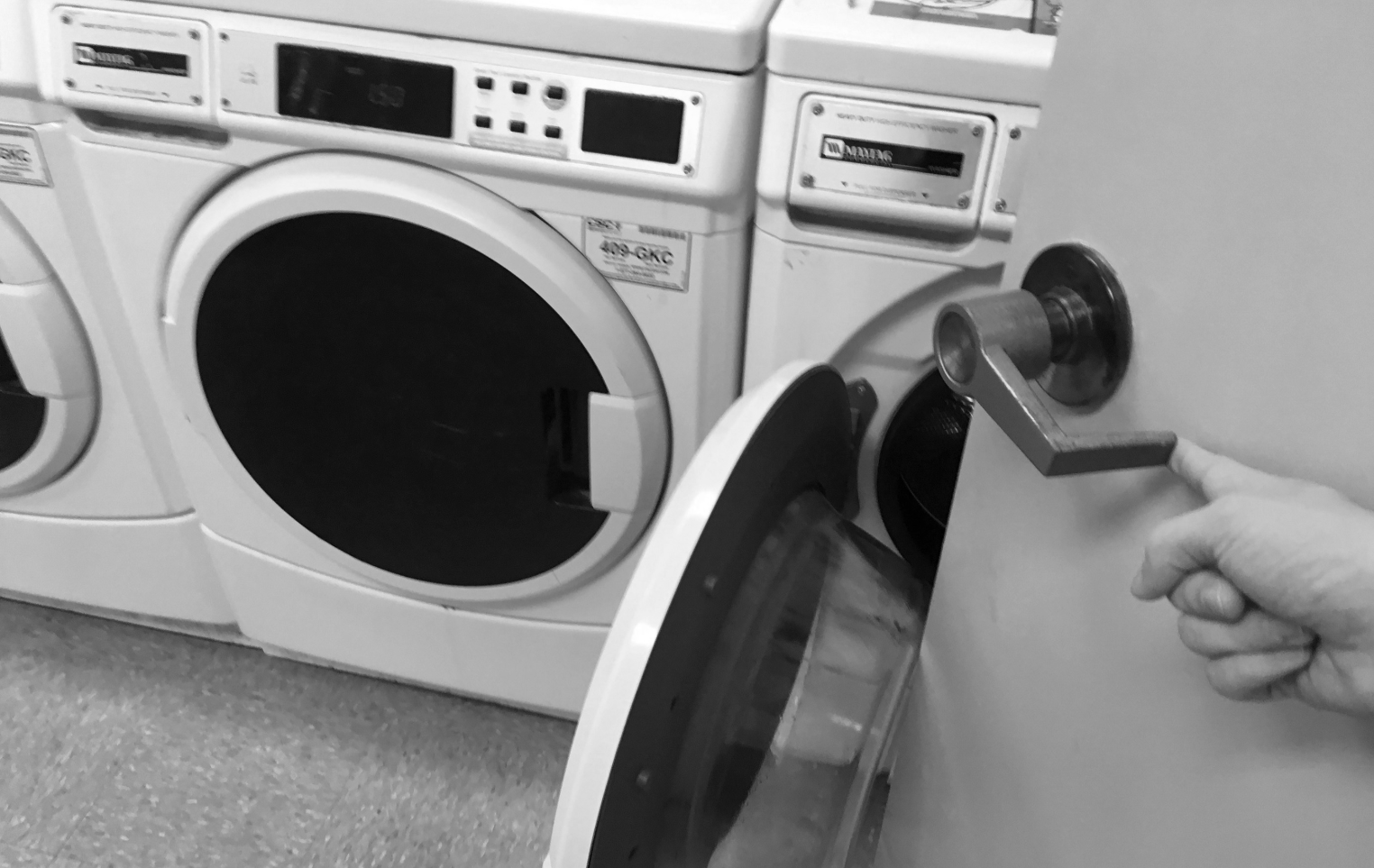

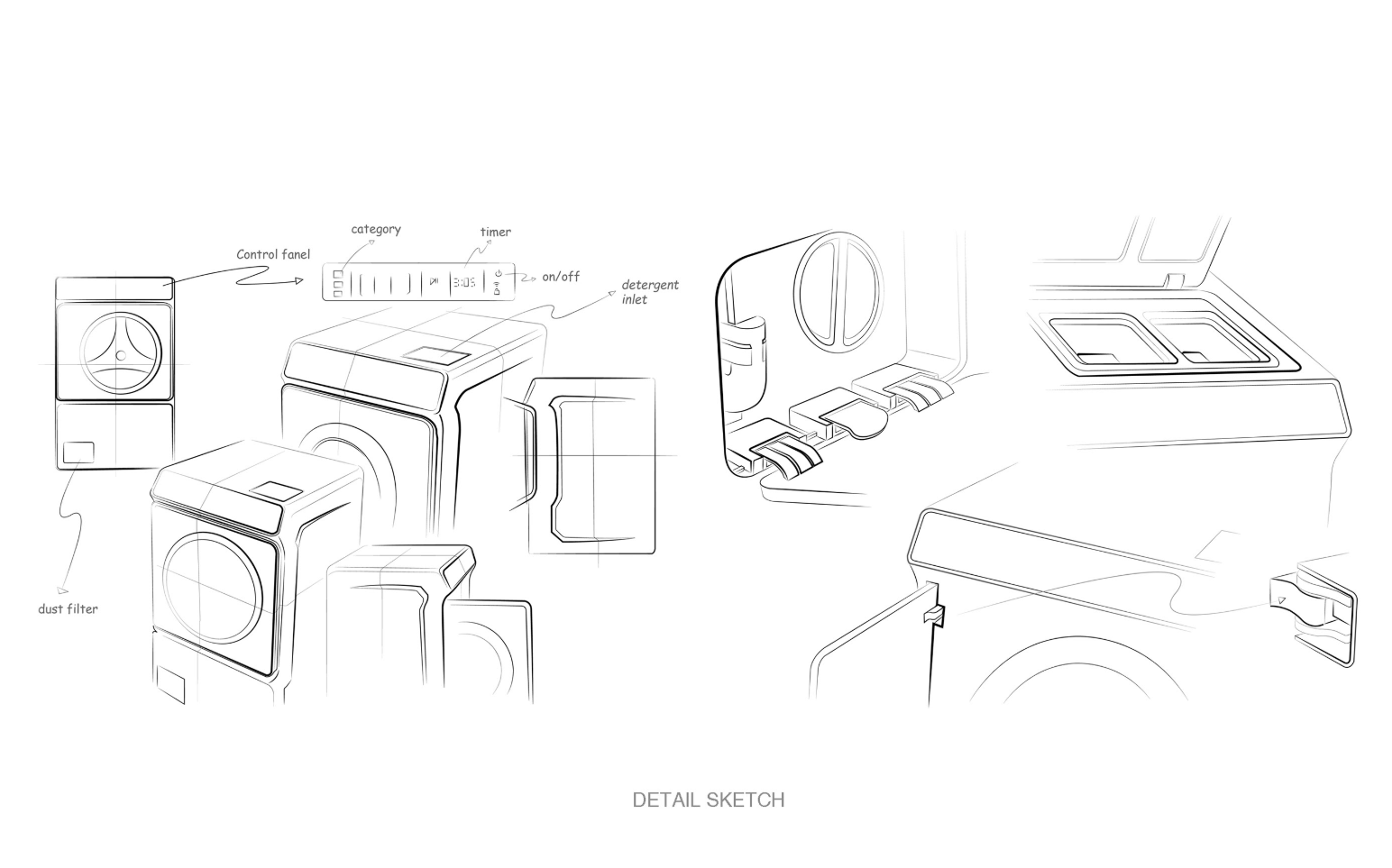
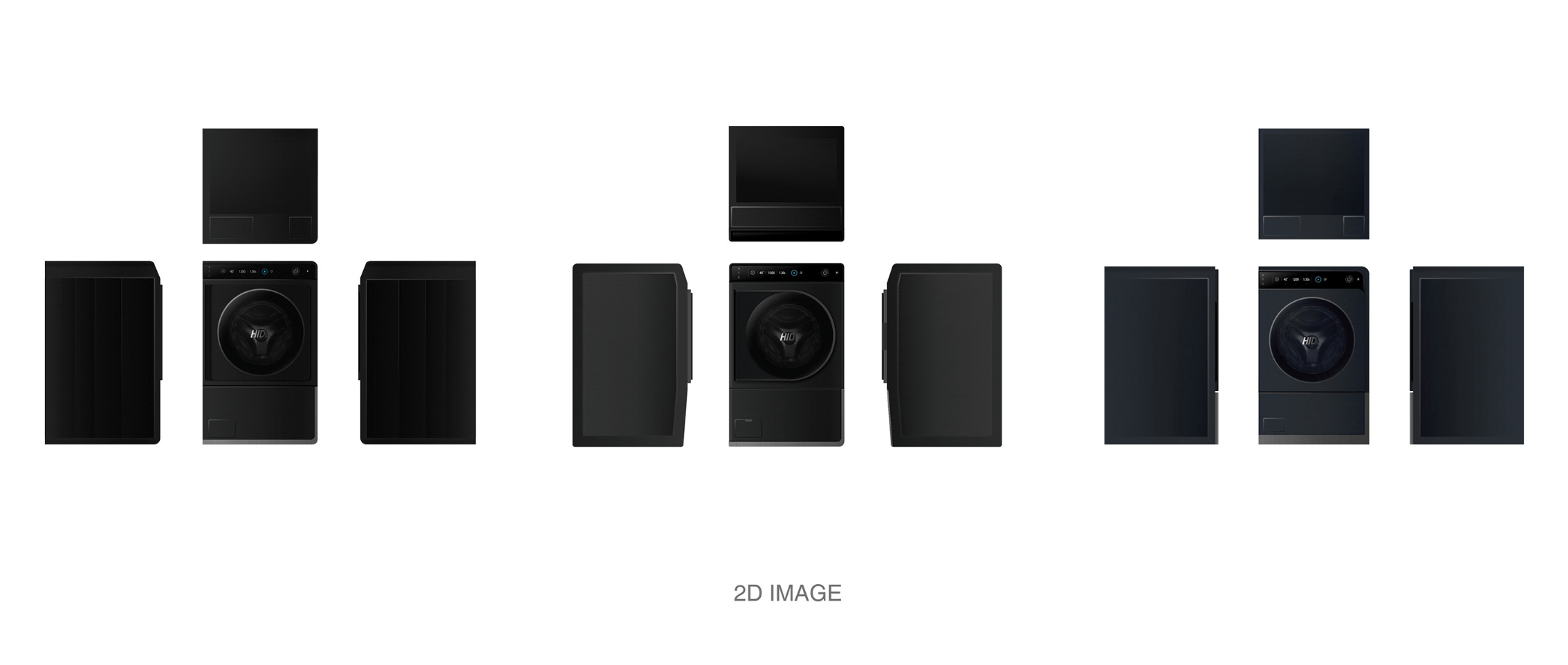
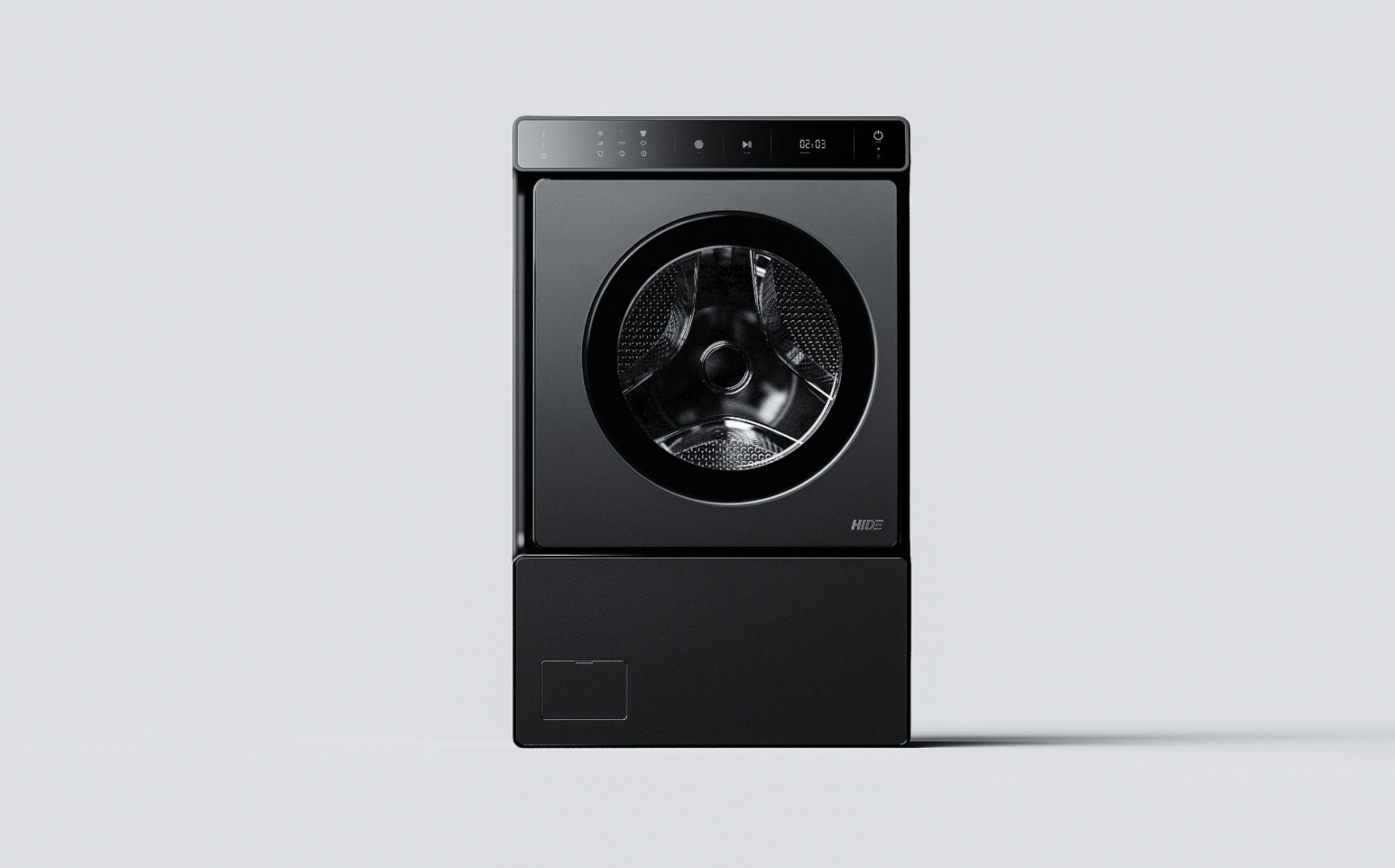

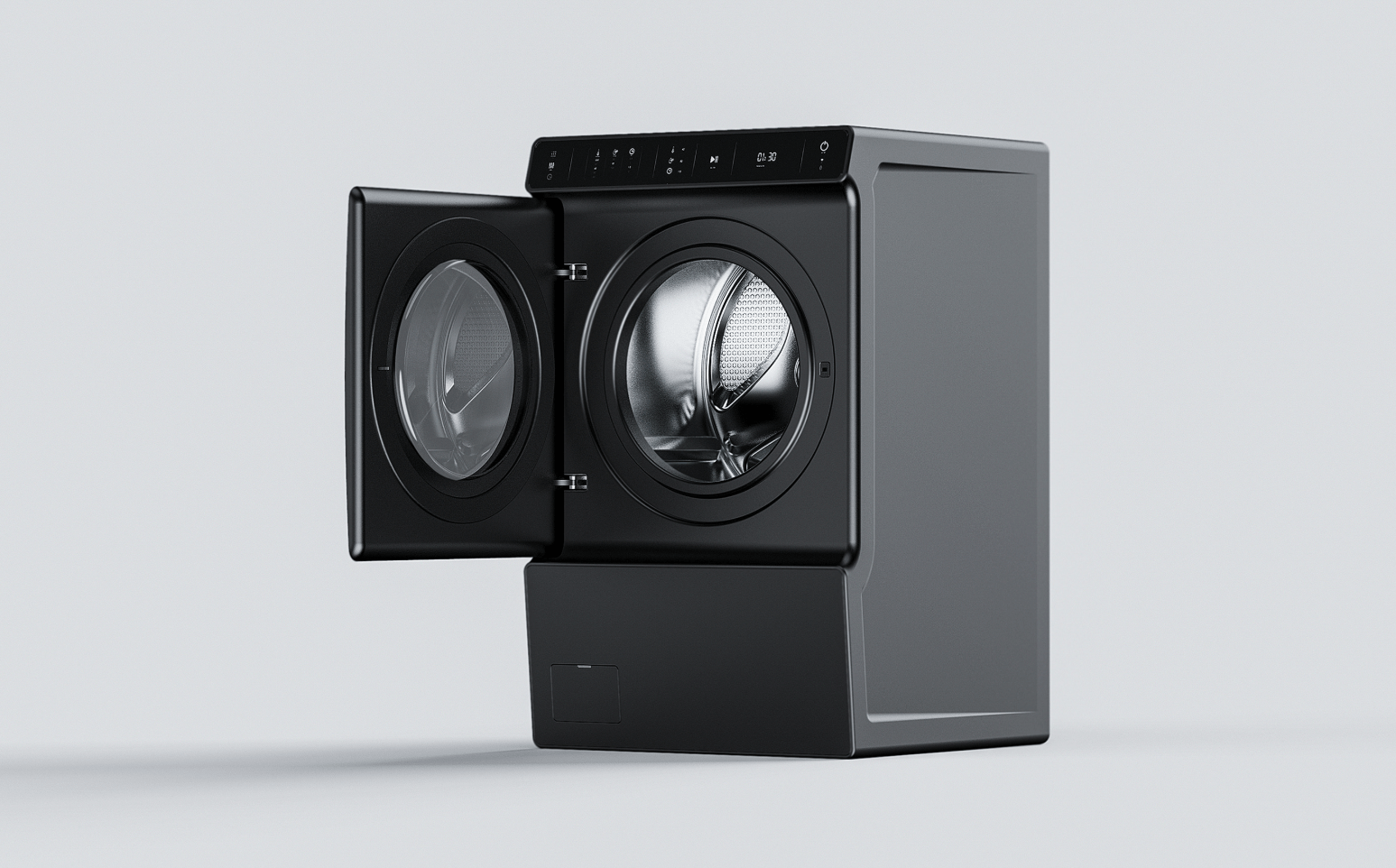
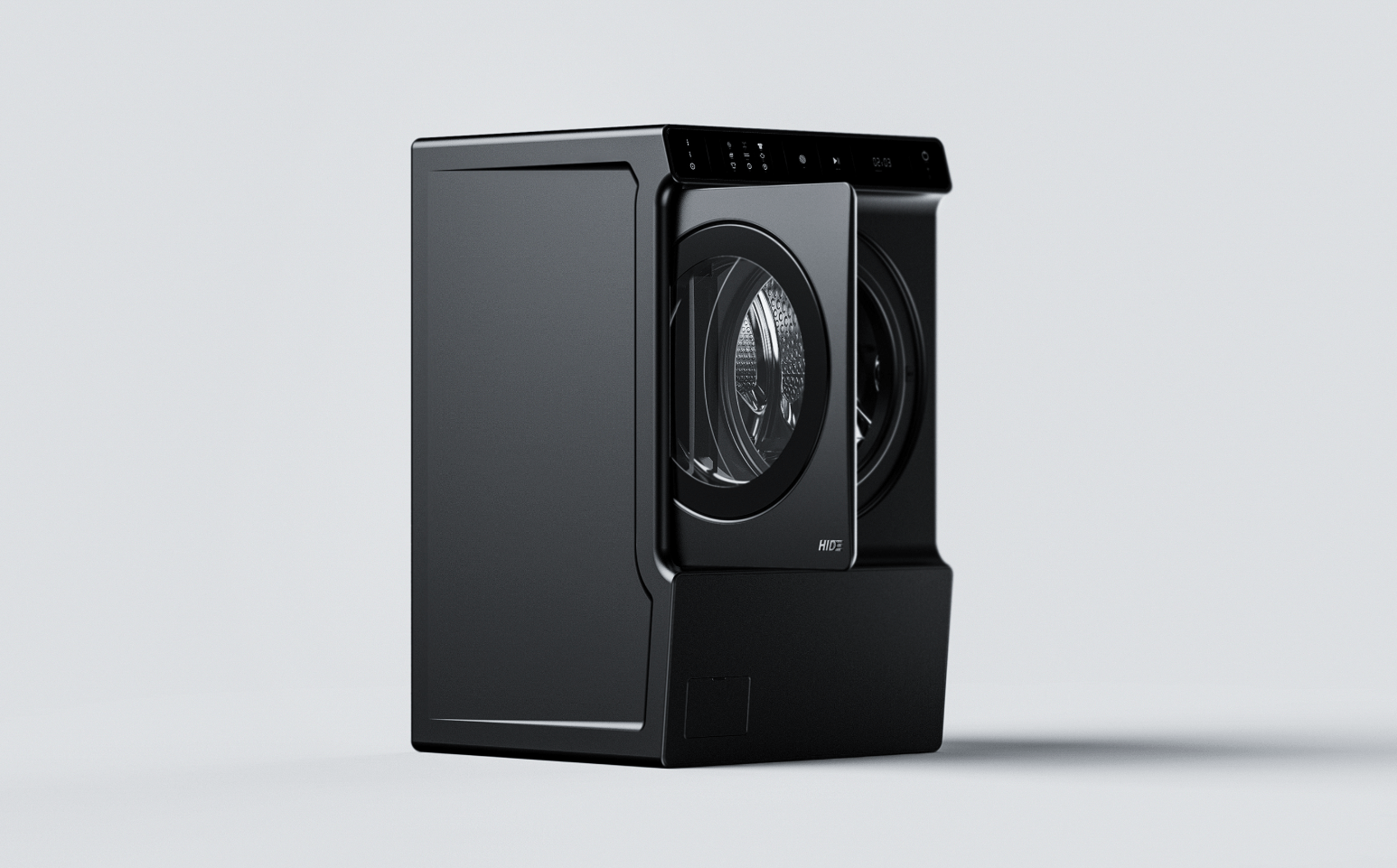
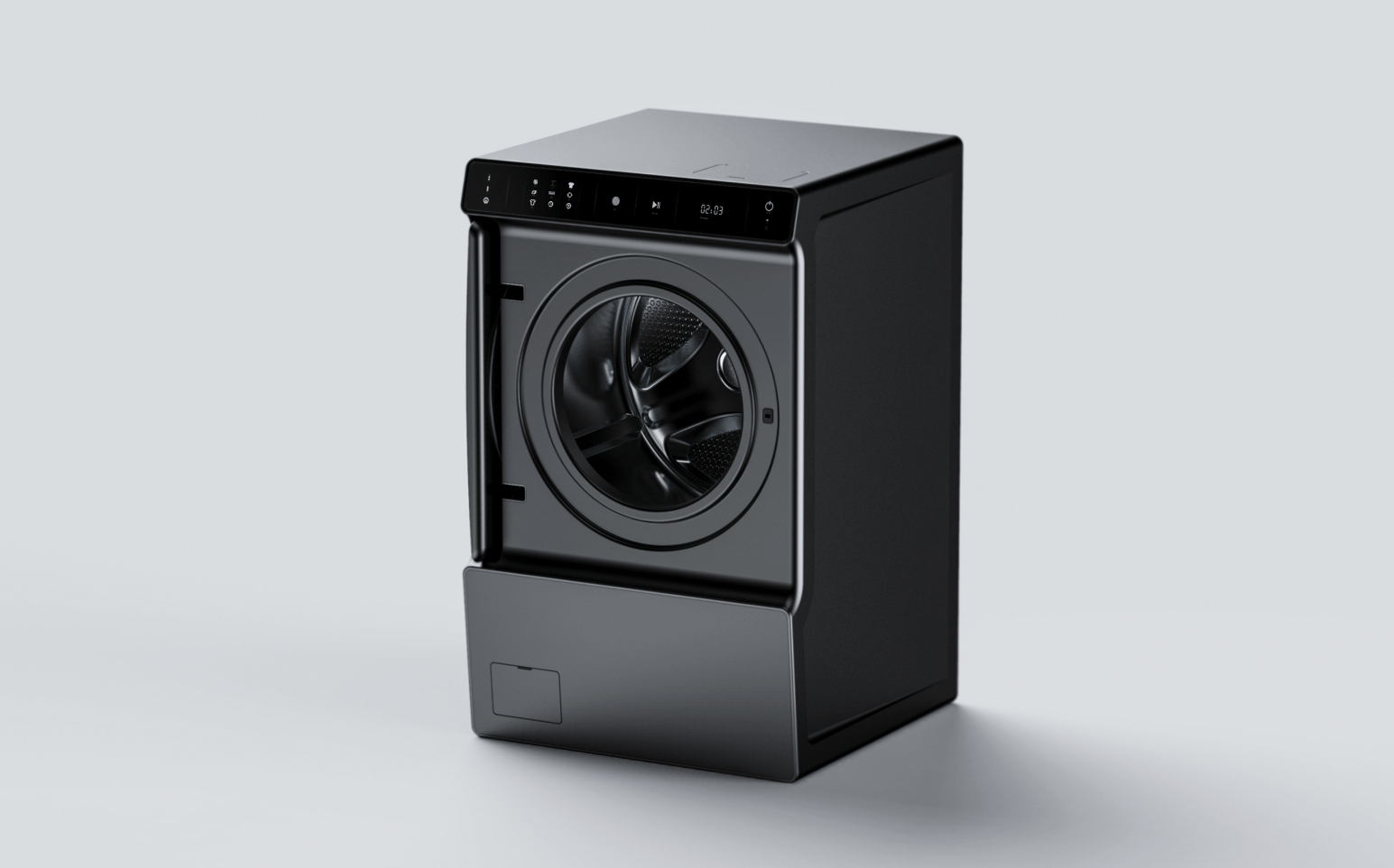
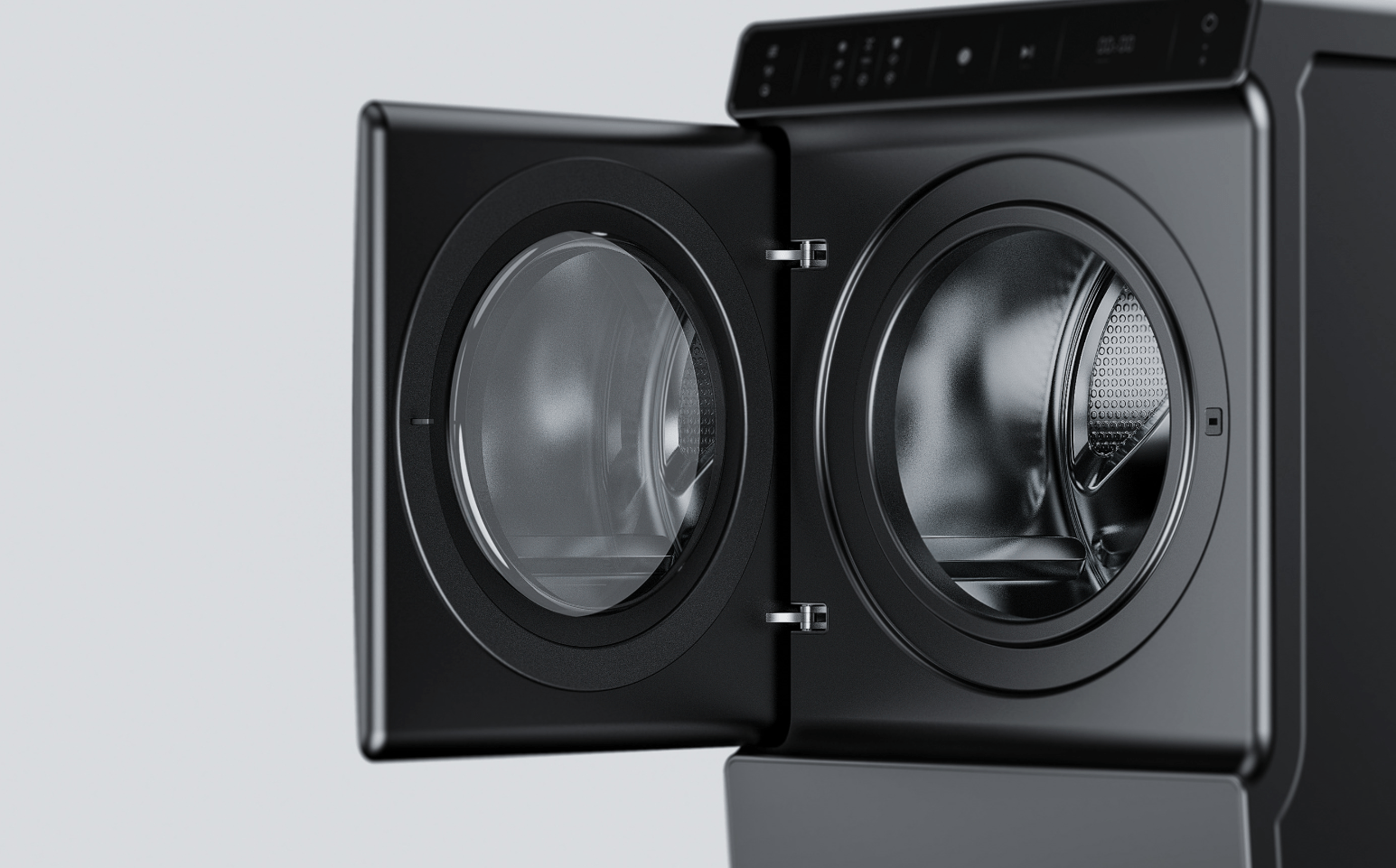
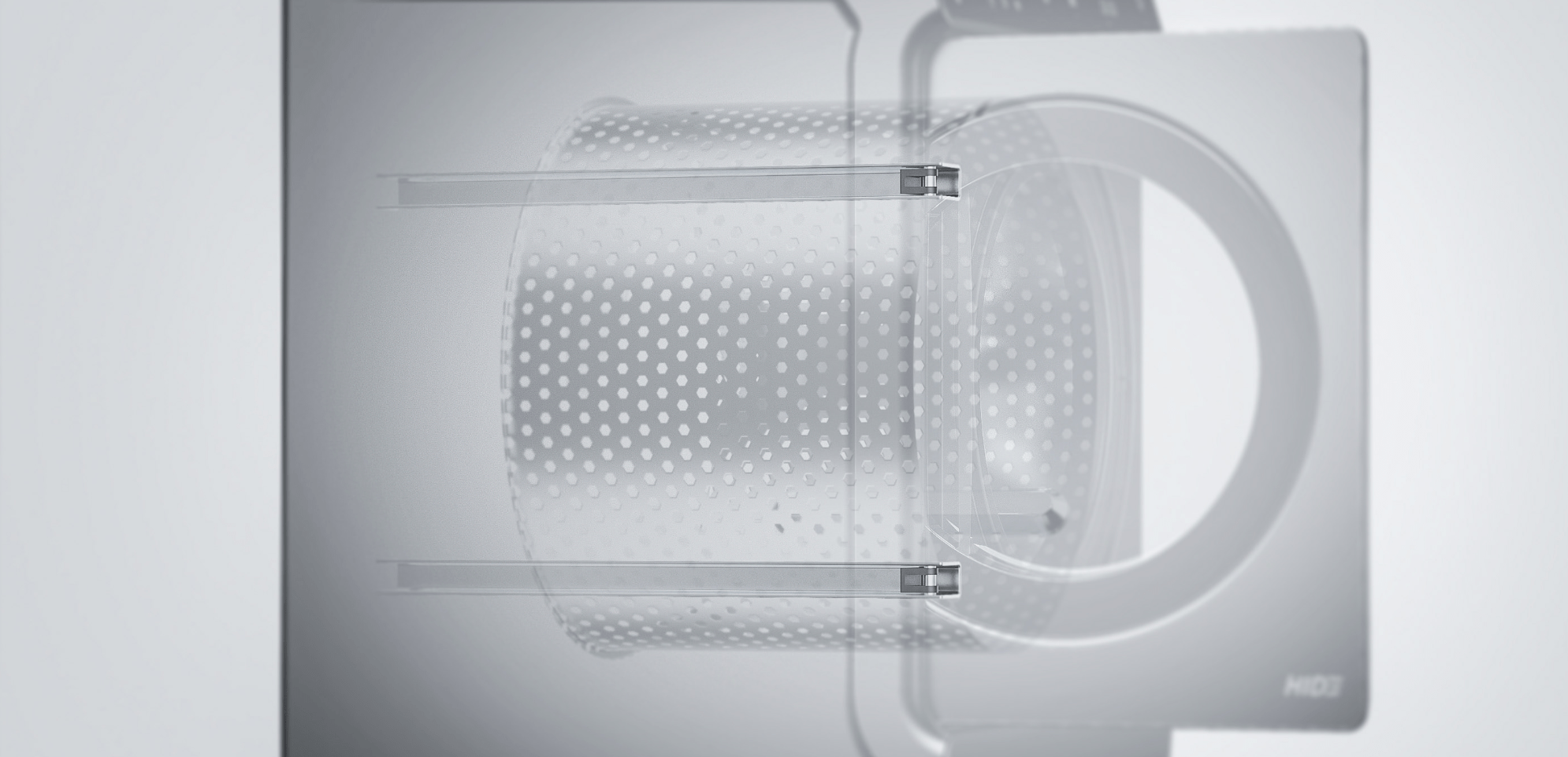
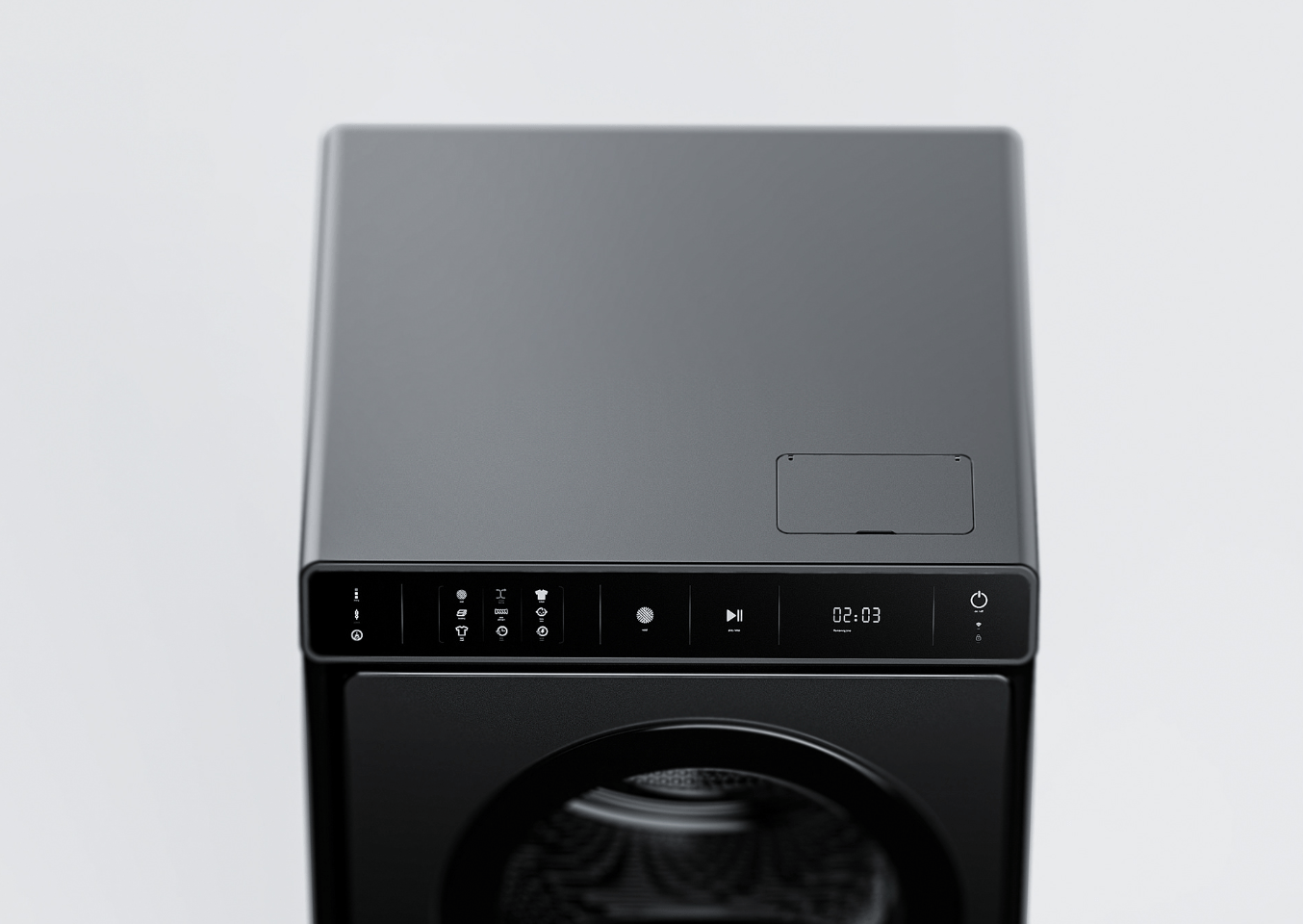
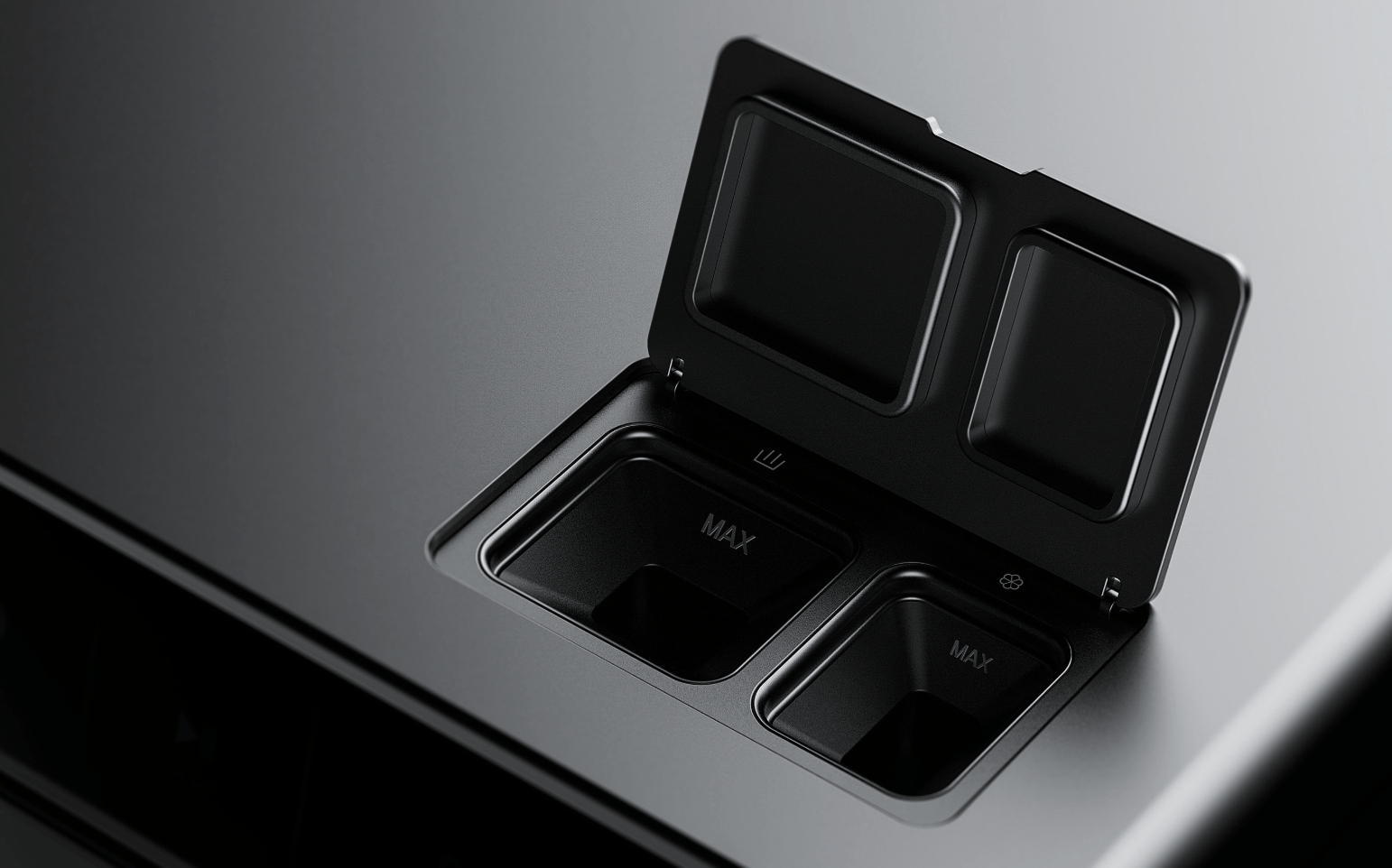
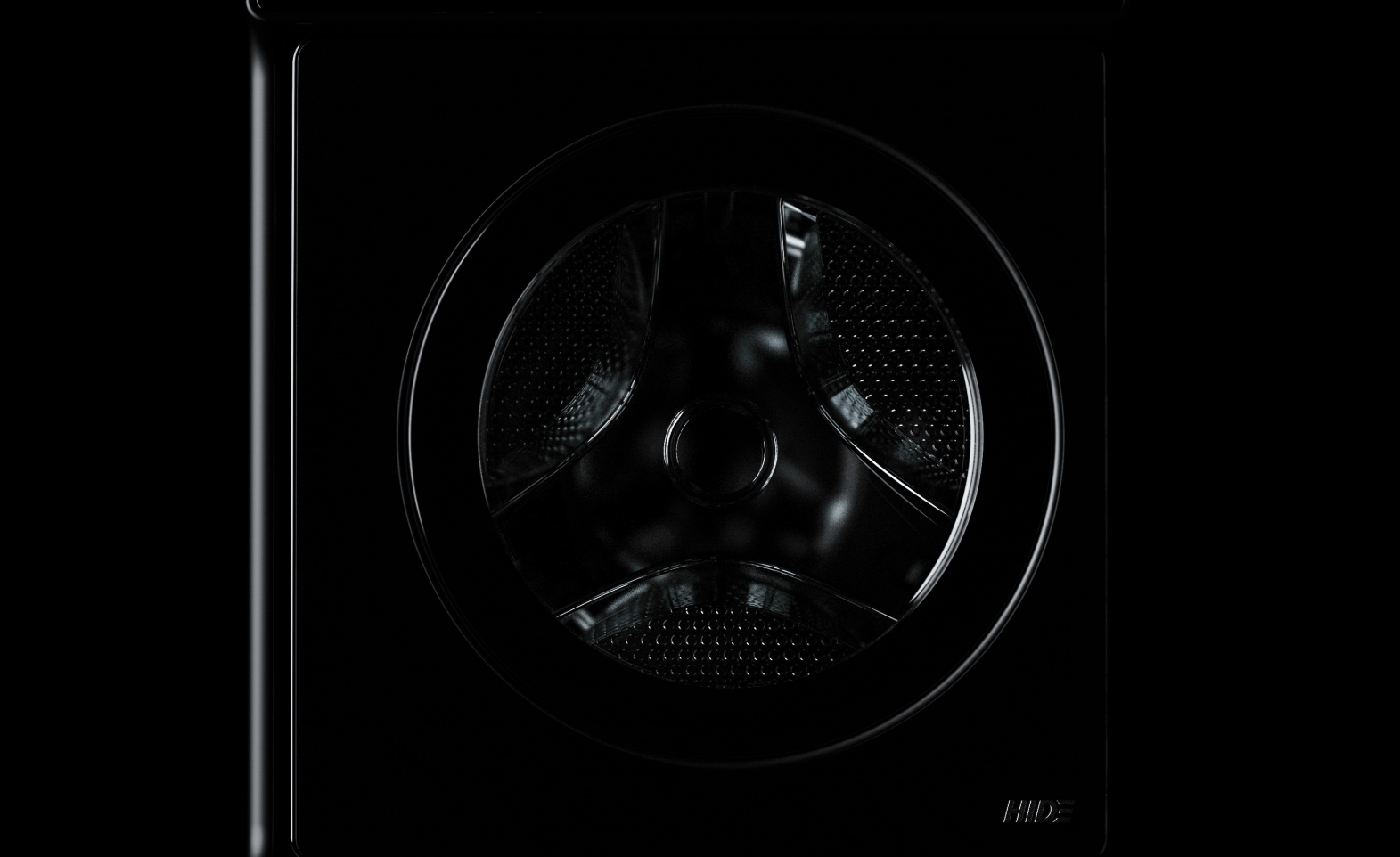
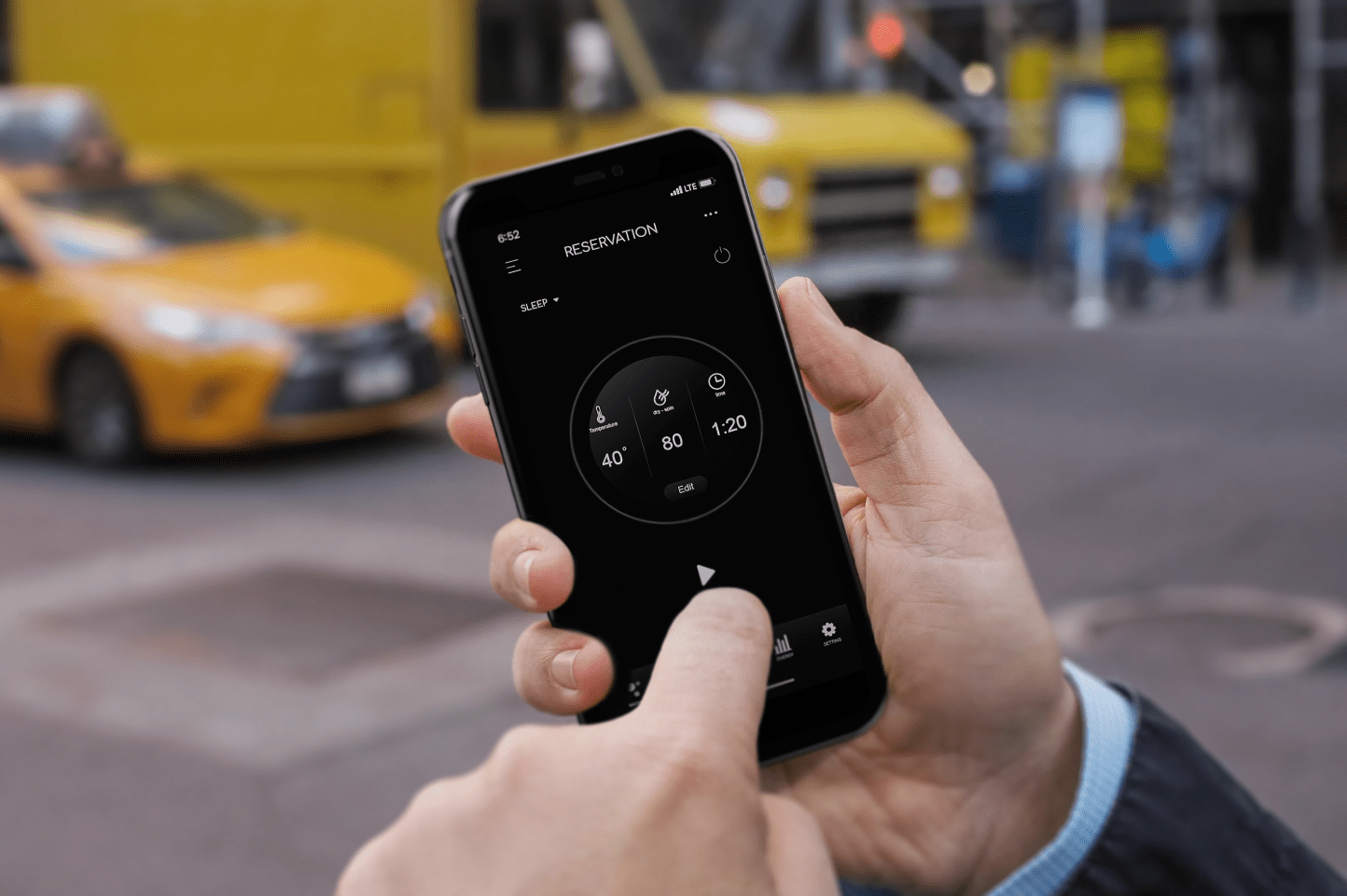
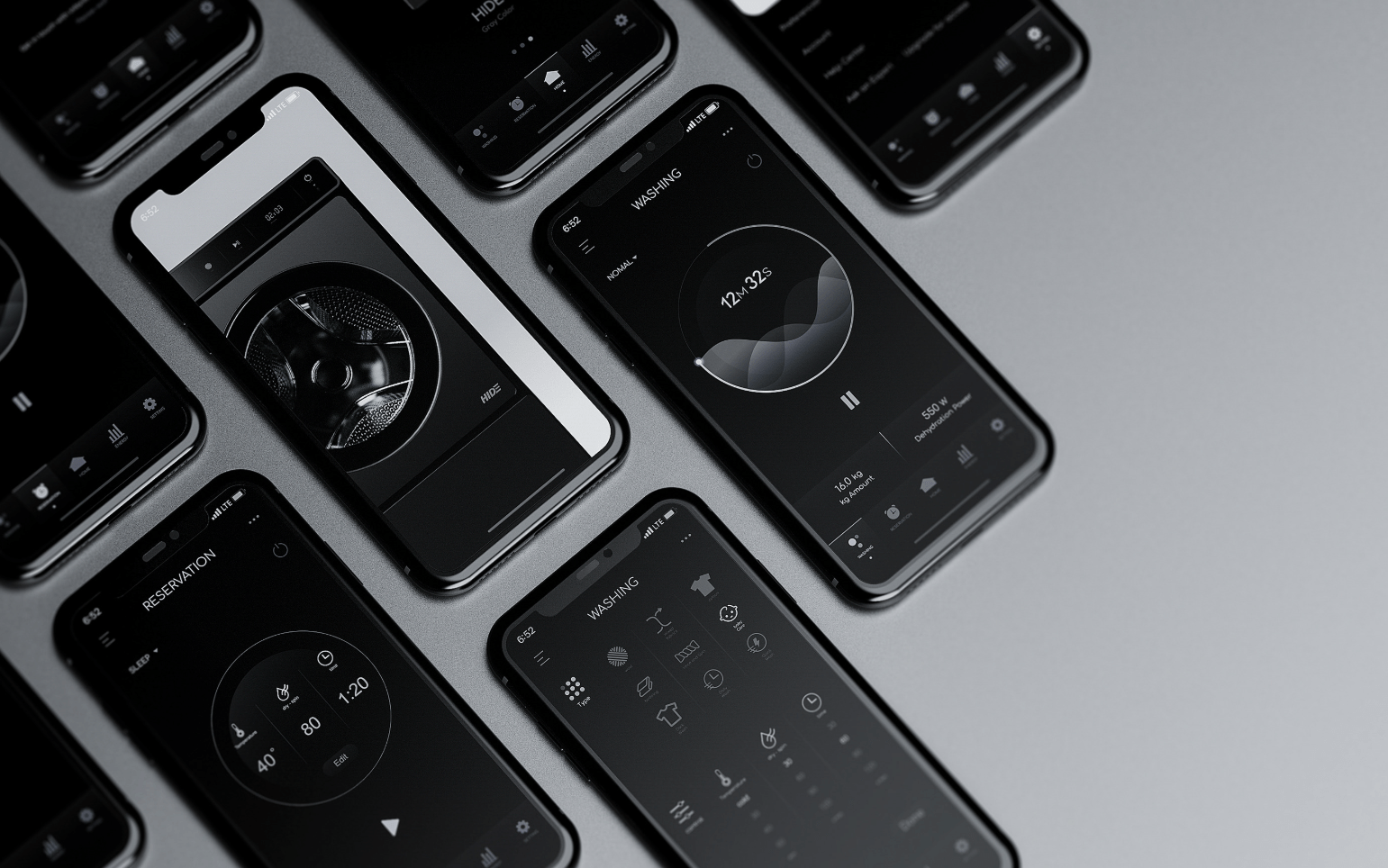

Tea set | Seoul, South Korea
Seungkyun Kim
Jaegon Yoo
MOMENTUM Studio
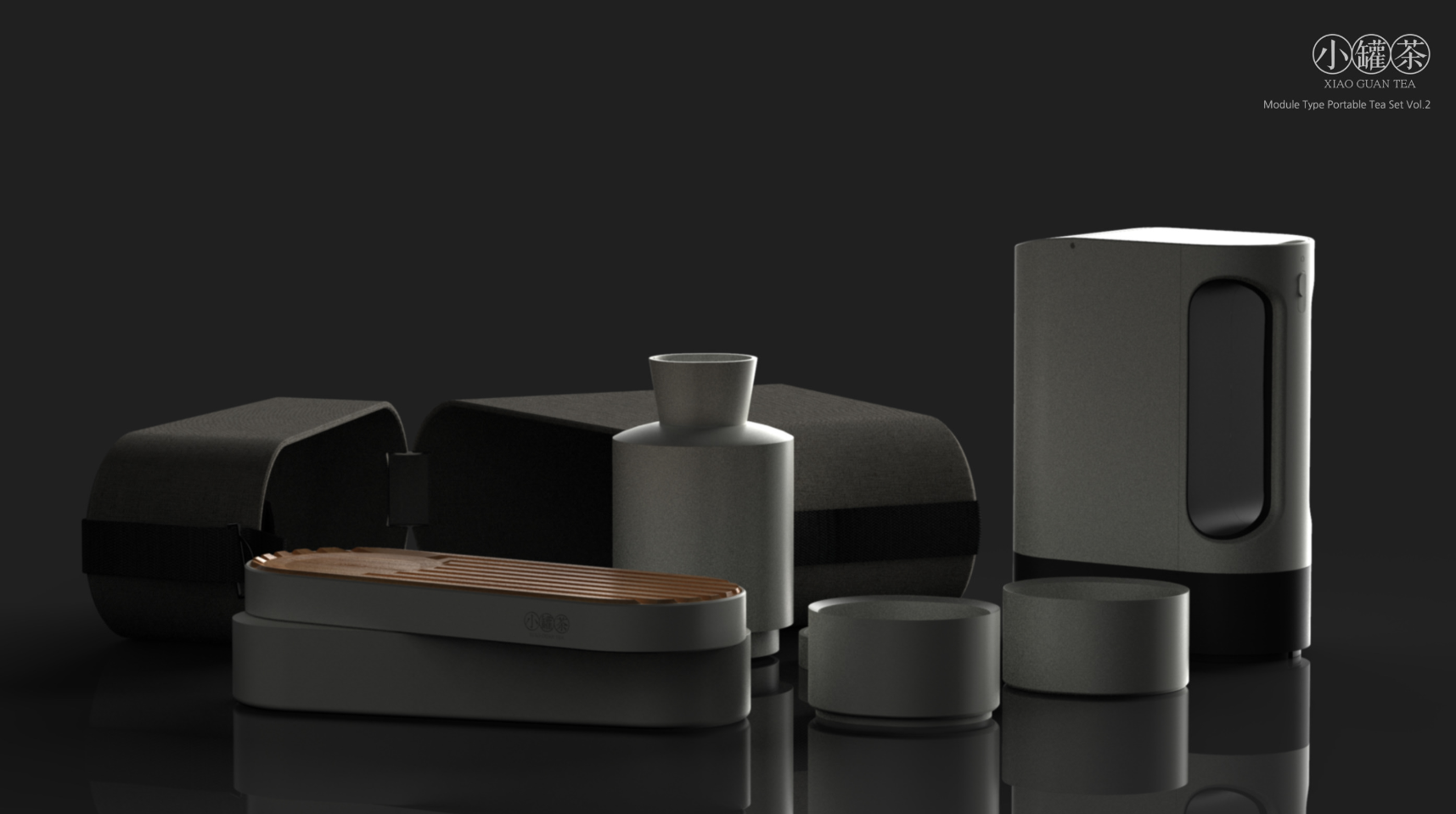
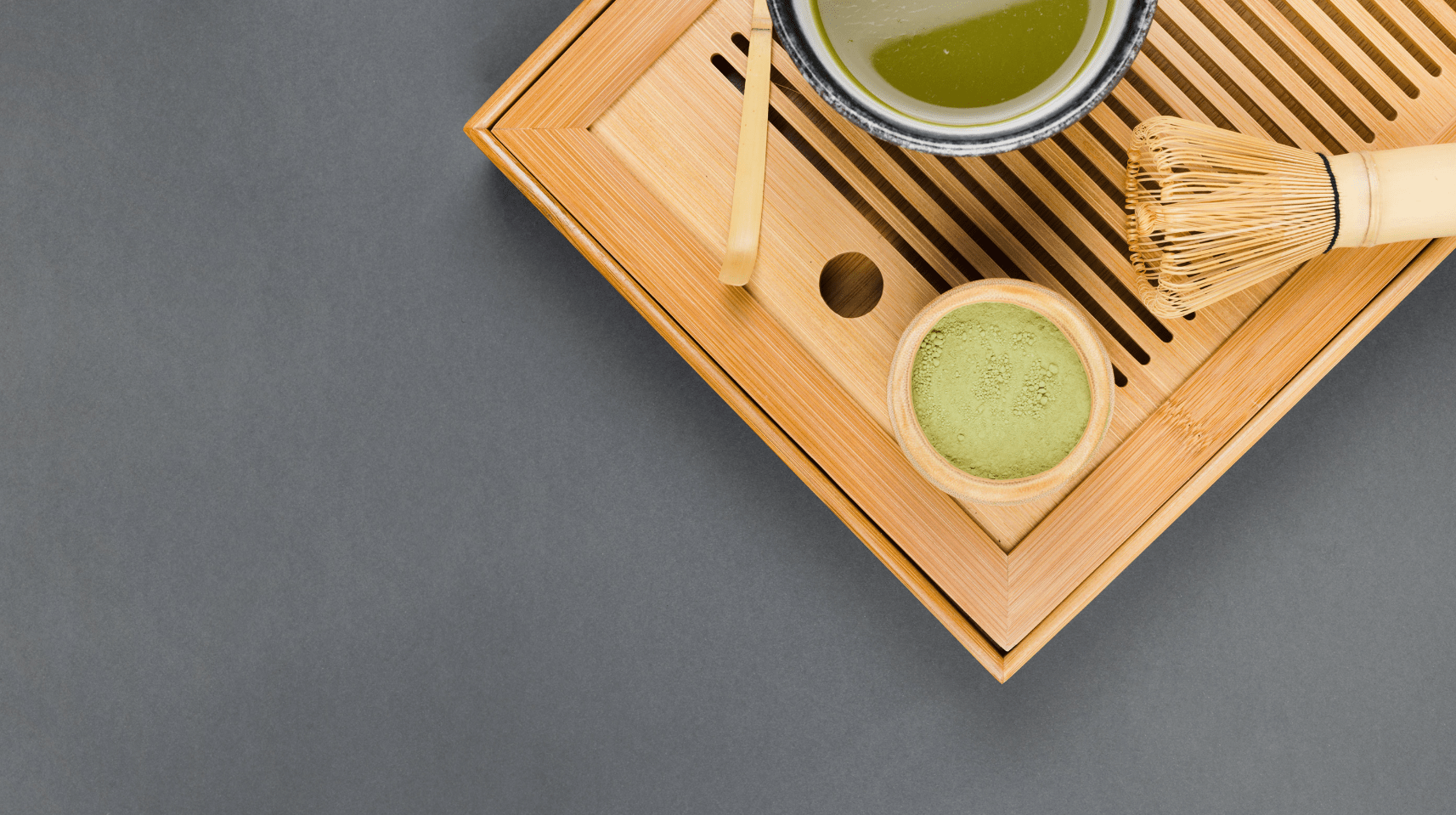
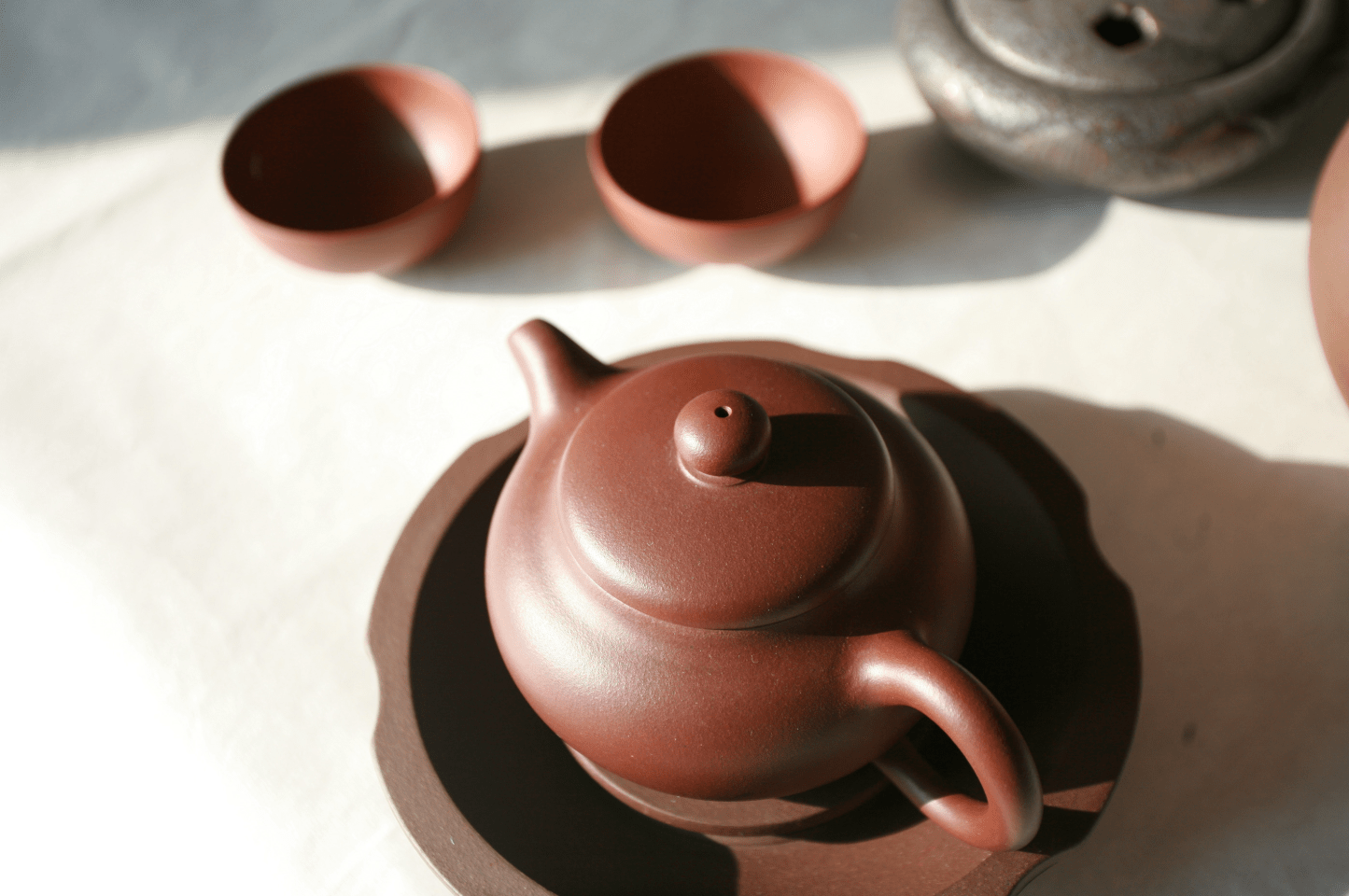
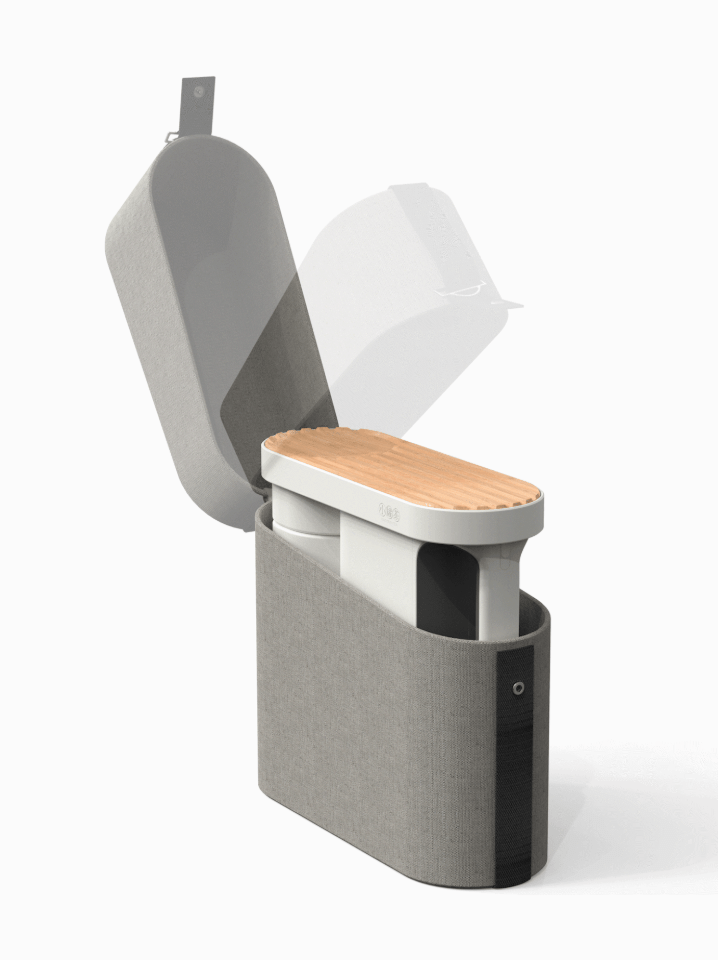

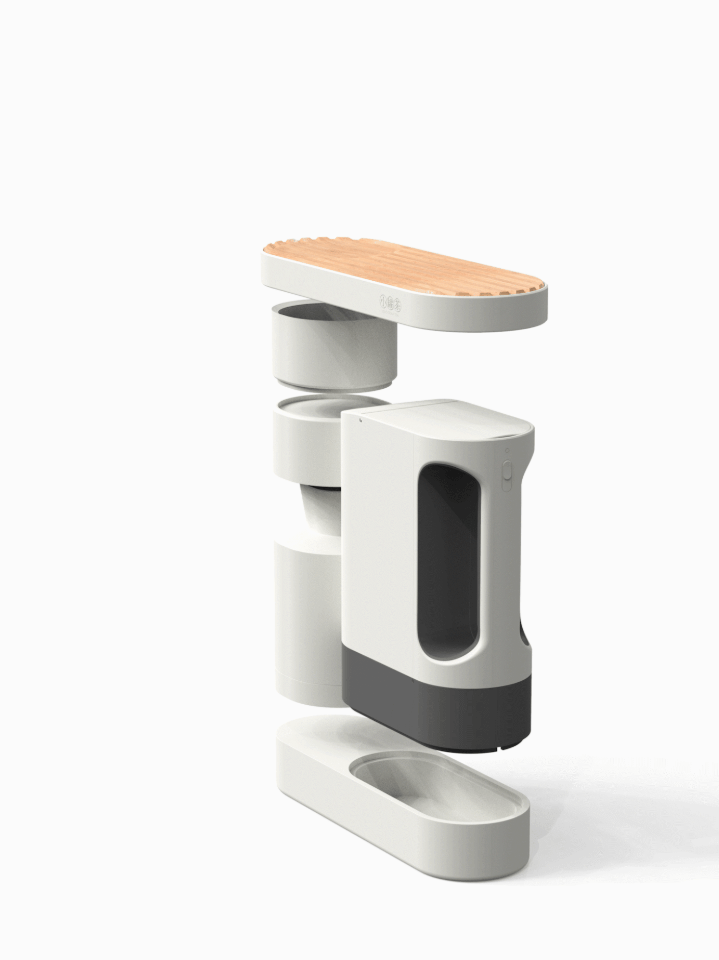

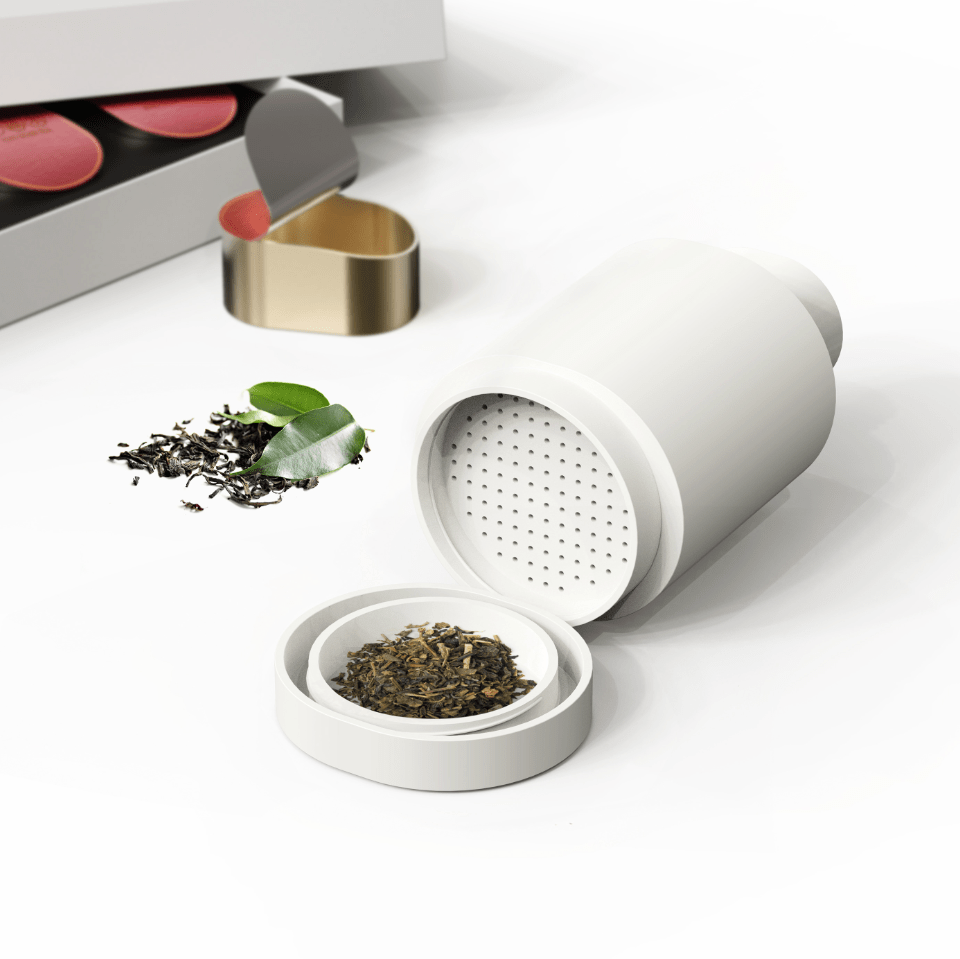
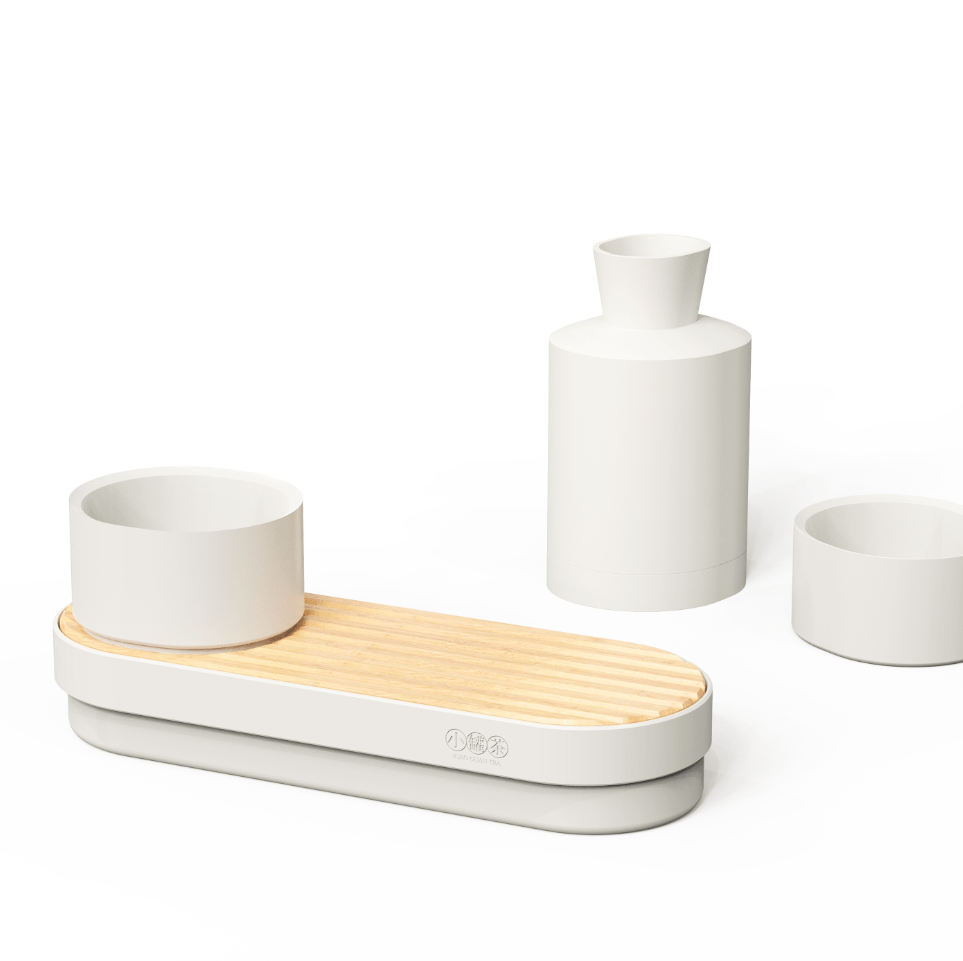

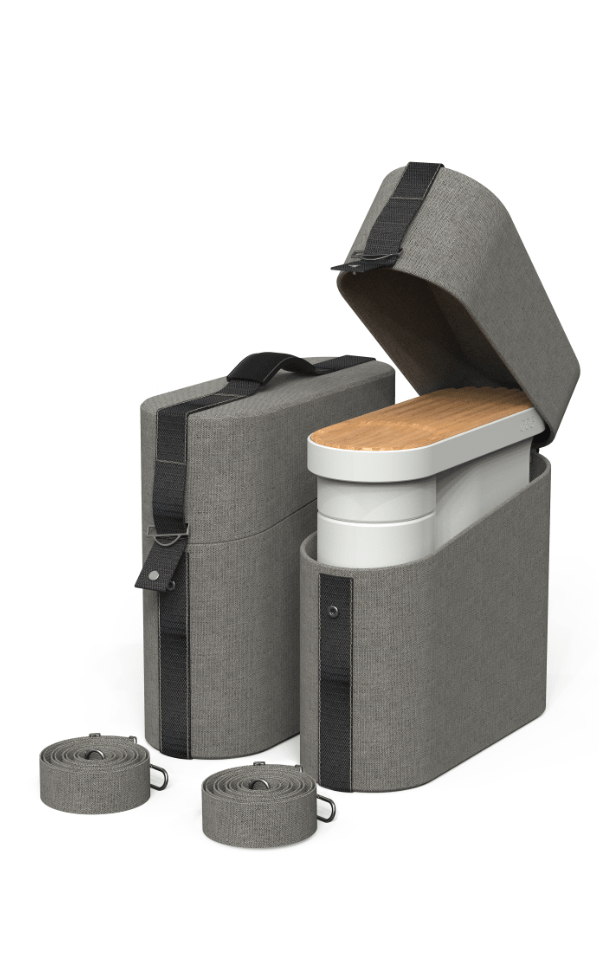
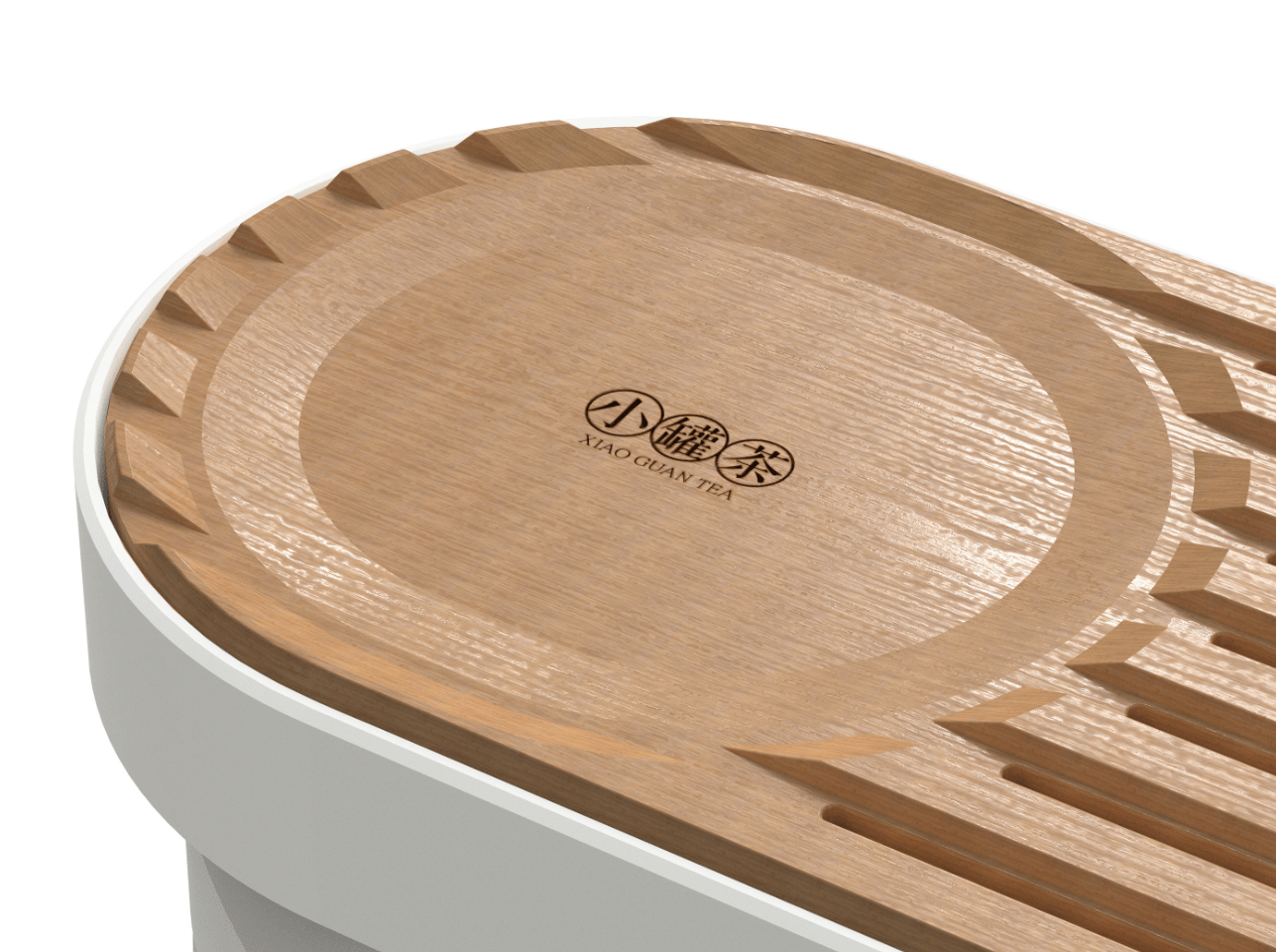
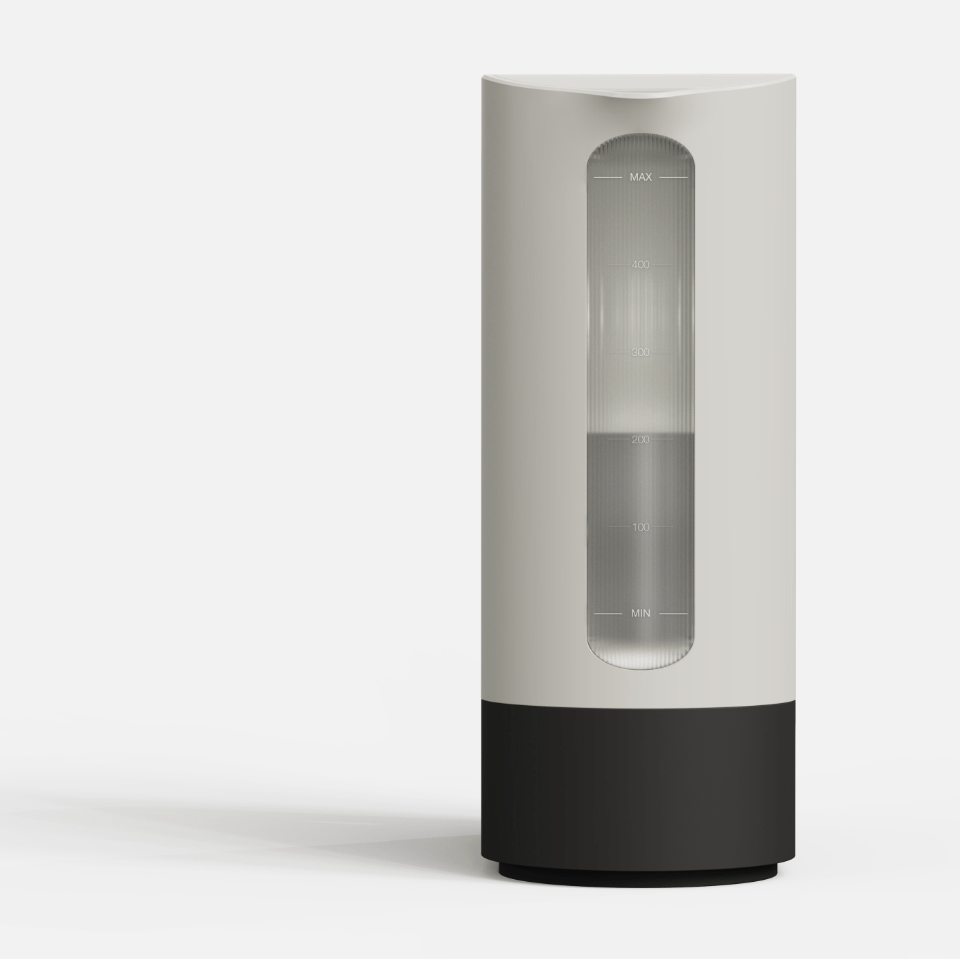
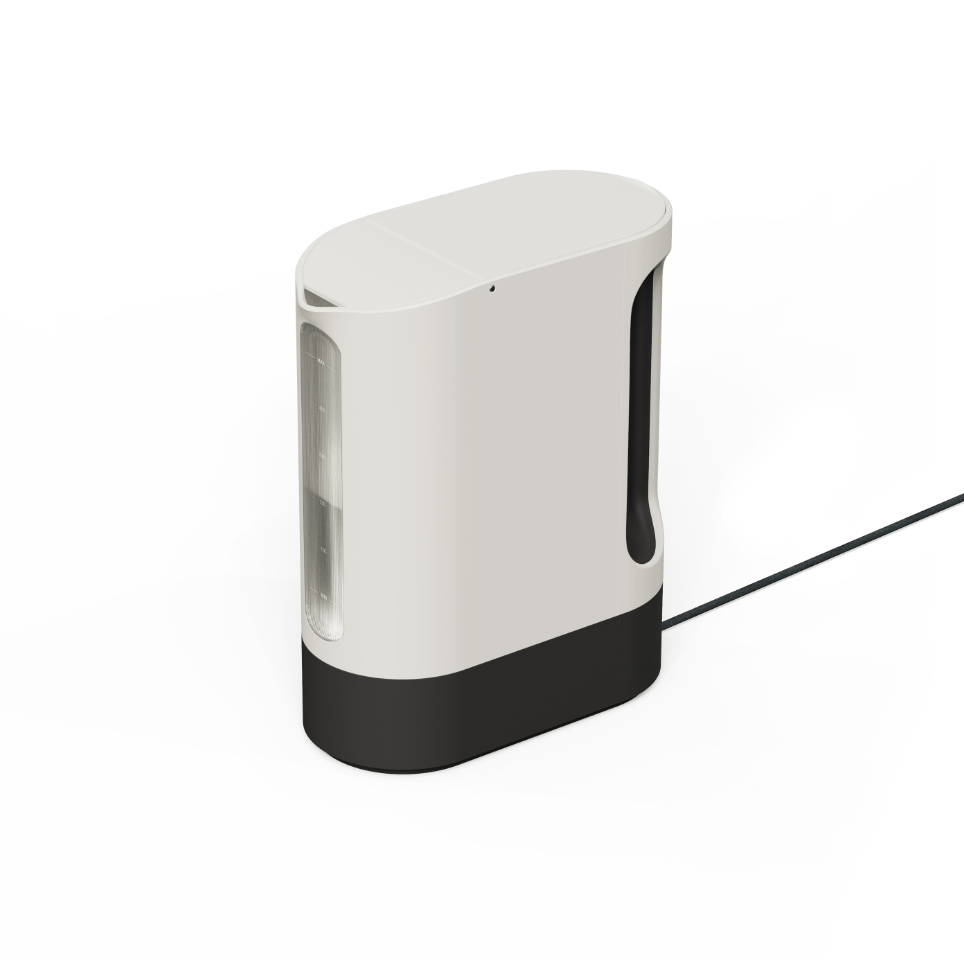
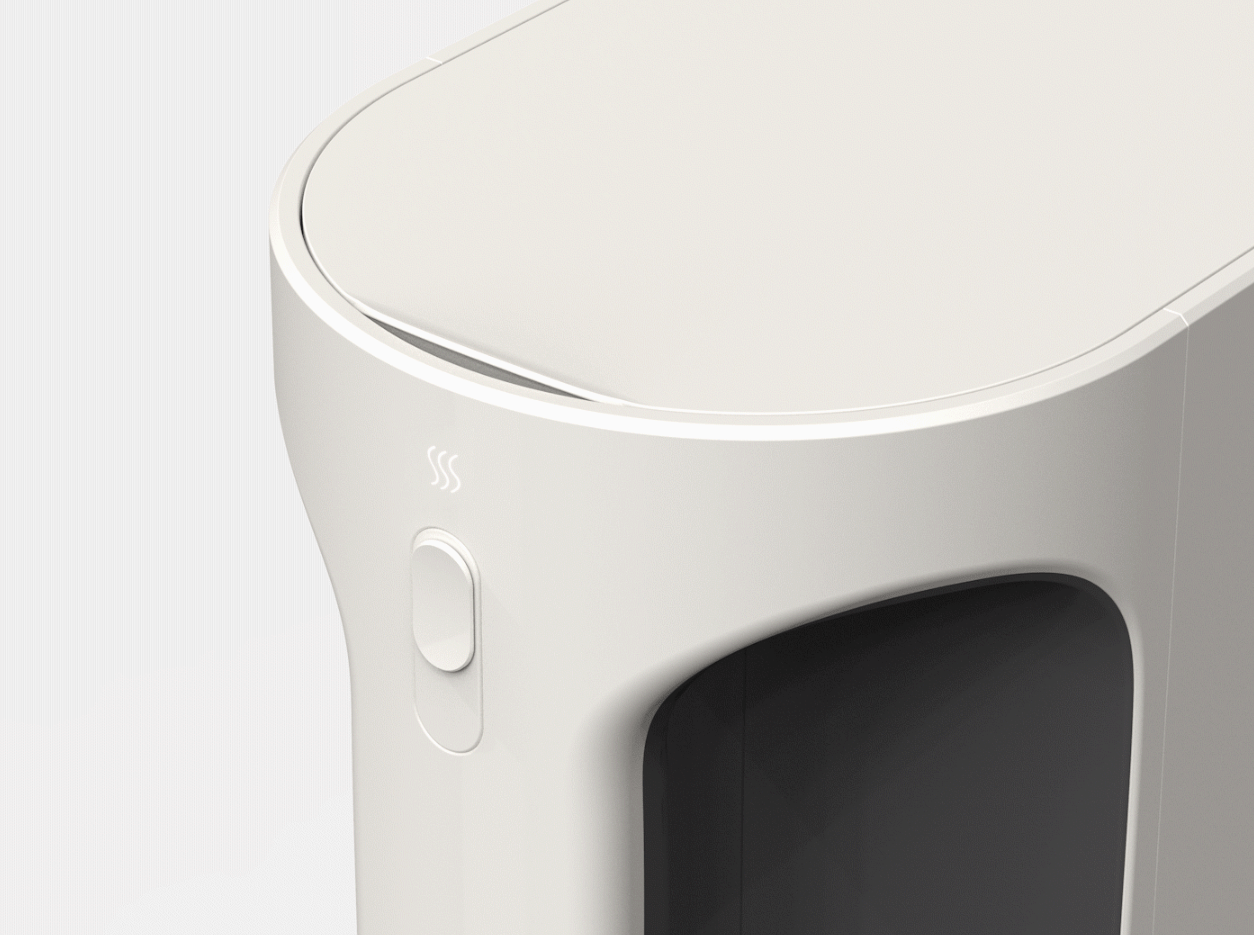
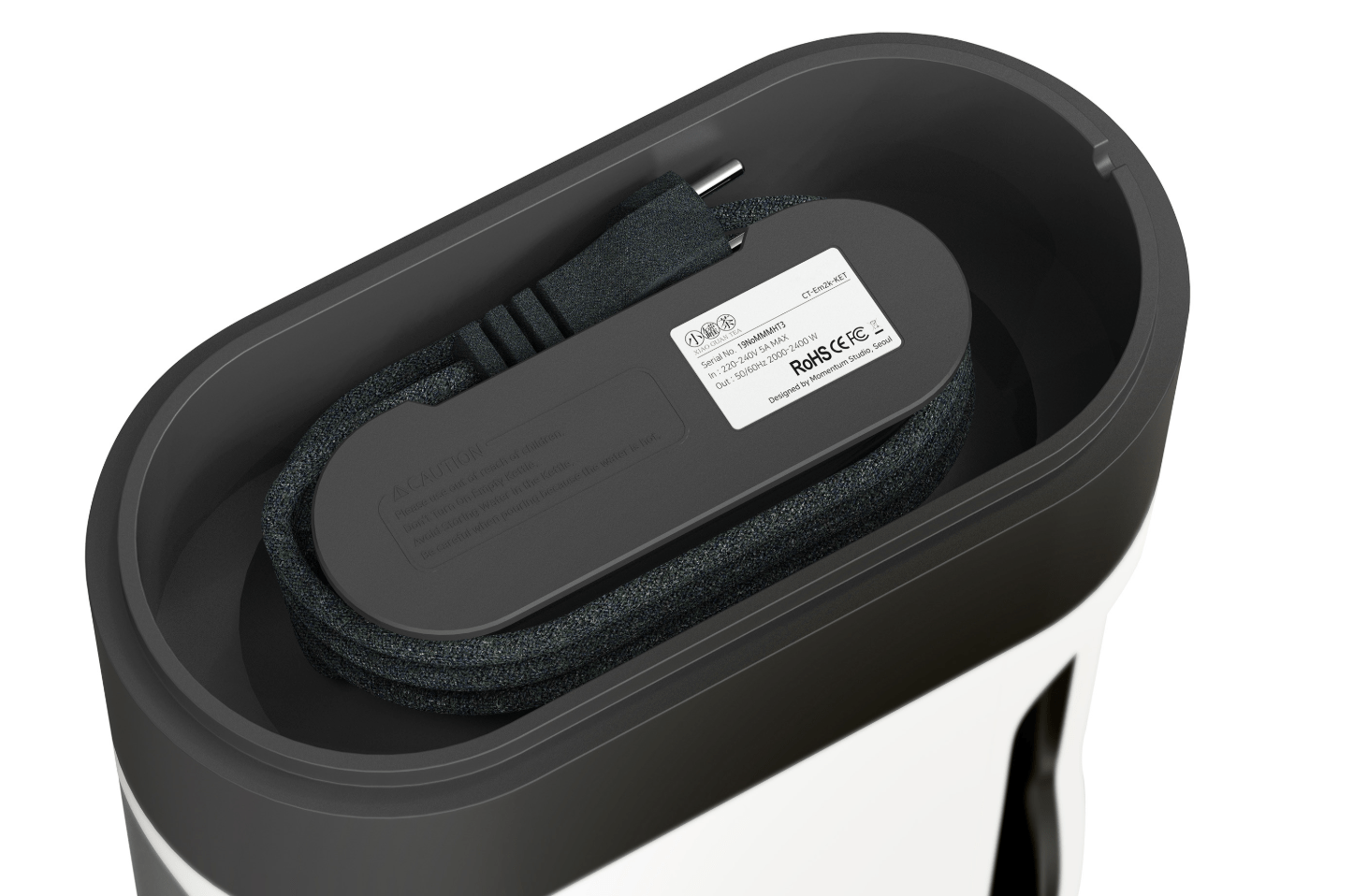
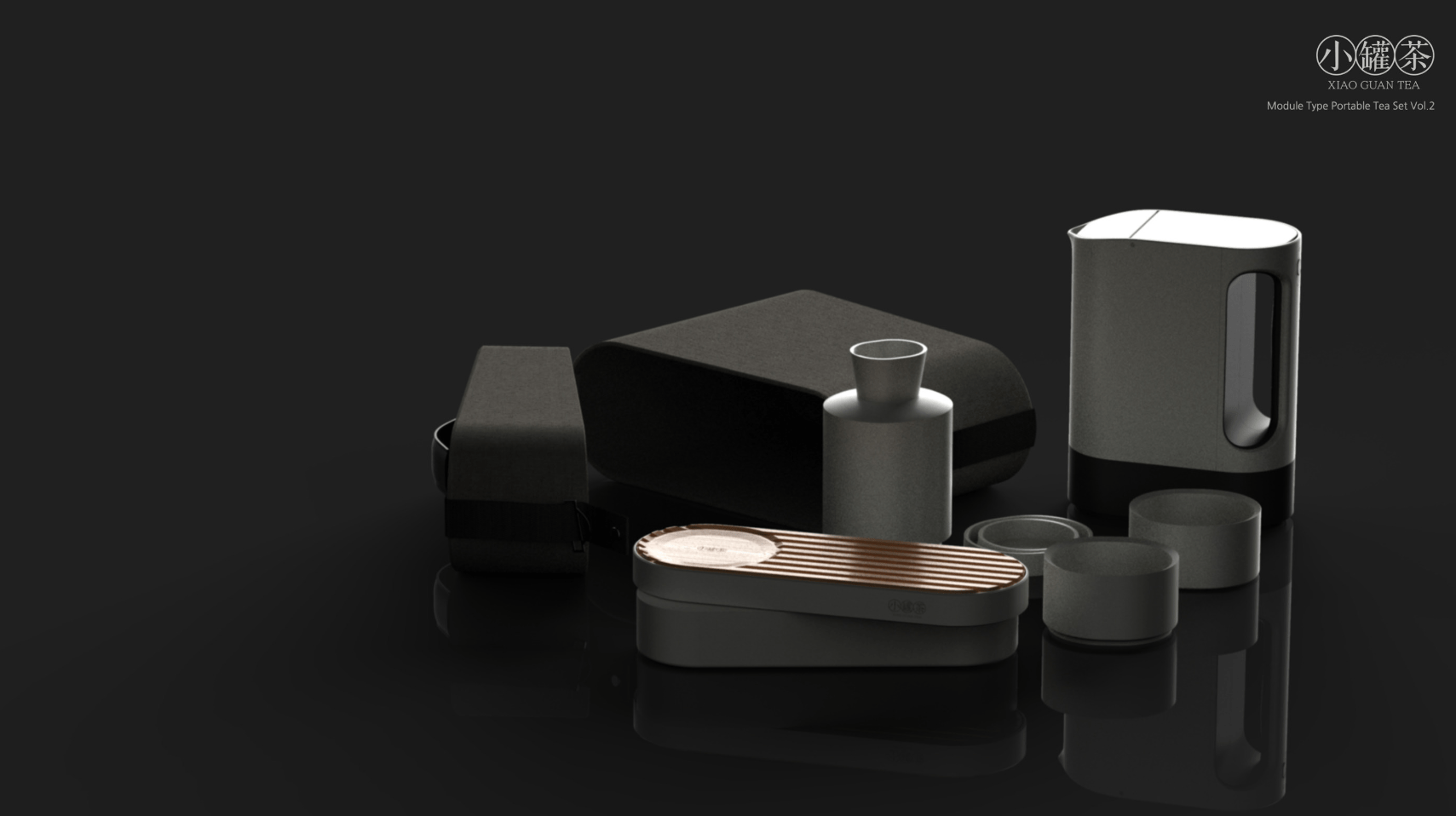
Scent + Dehumidifier | Seoul, South Korea
LAB COG
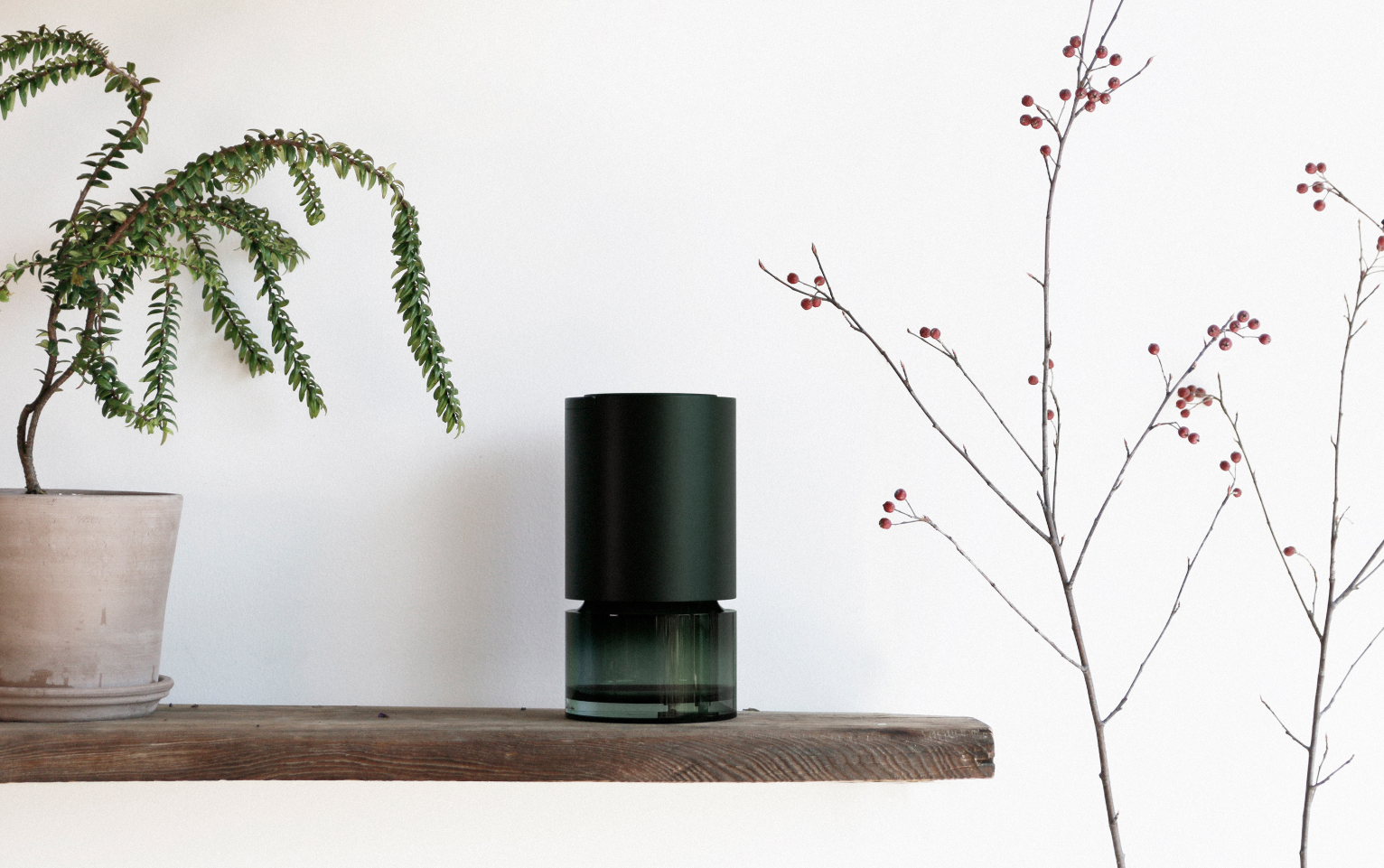
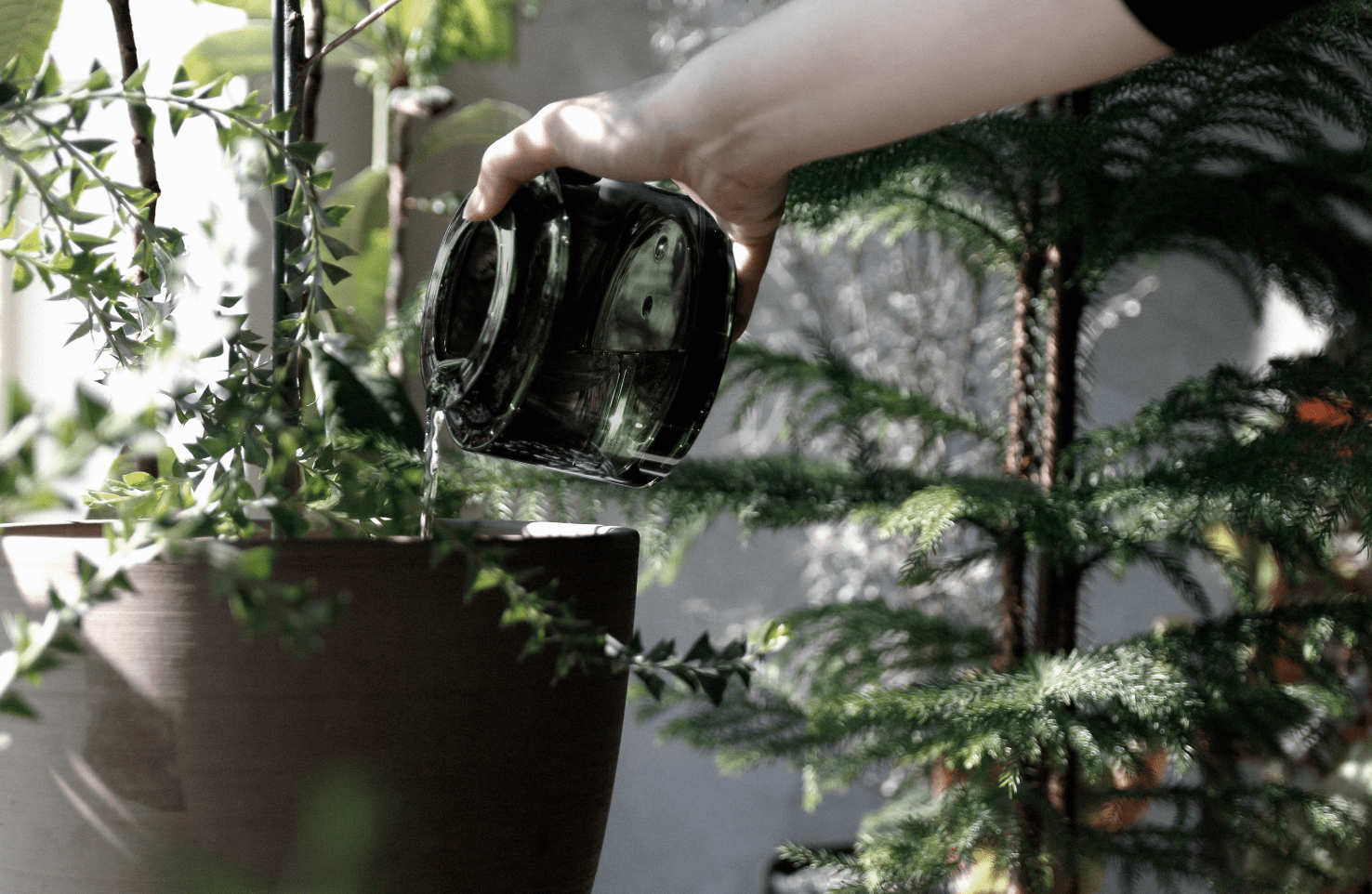
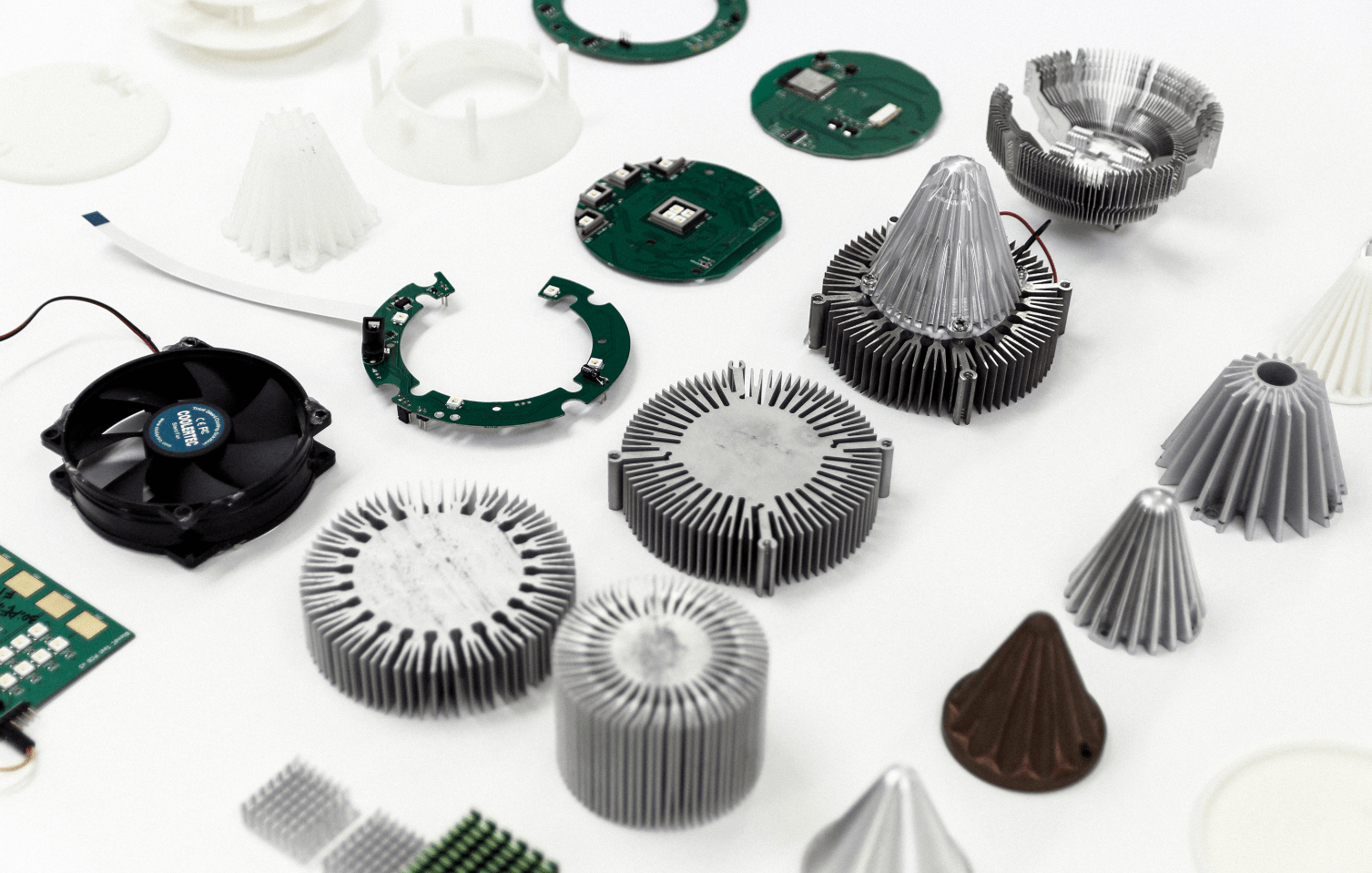
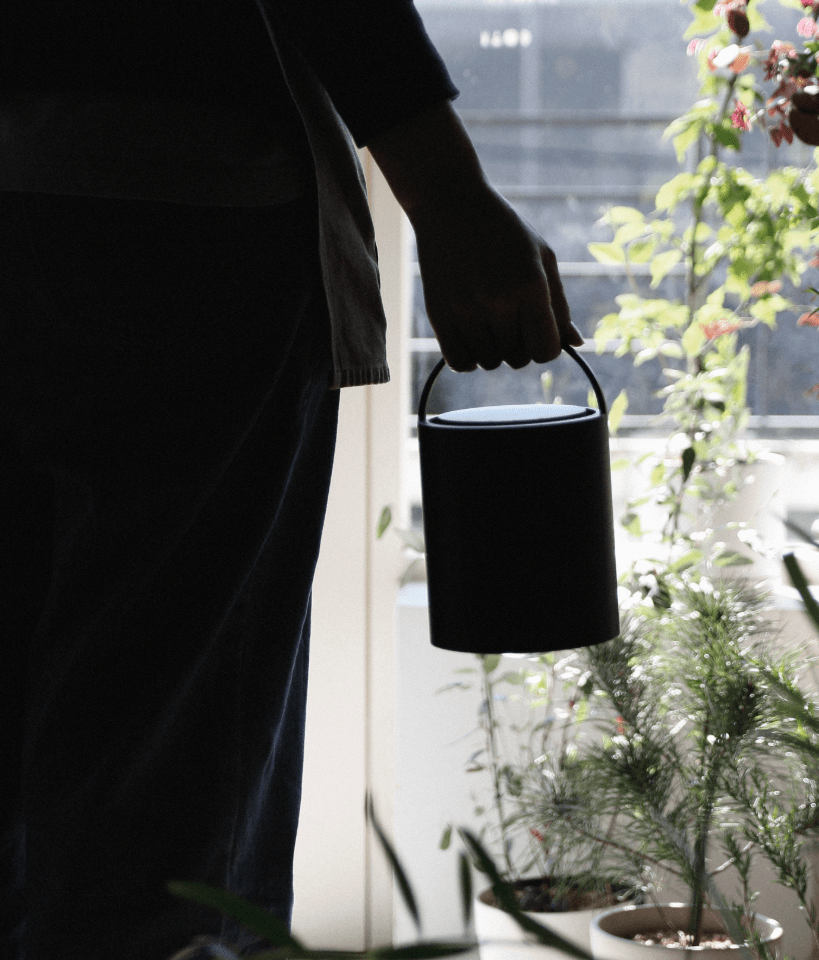

„Unusual, out of place, but still logical” | The works of Kristóf Murányi
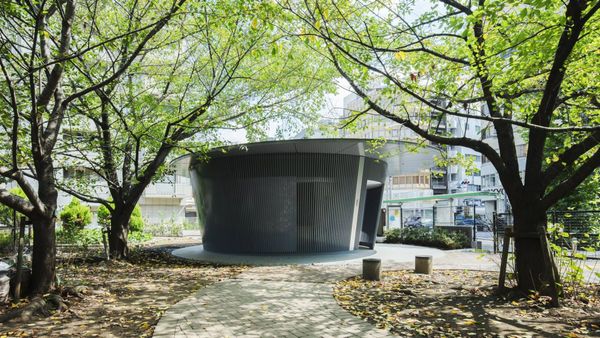
From public toilet to work of art | Tadao Ando
